A look back at all of the match-ups between the Buccaneers and the Saints.
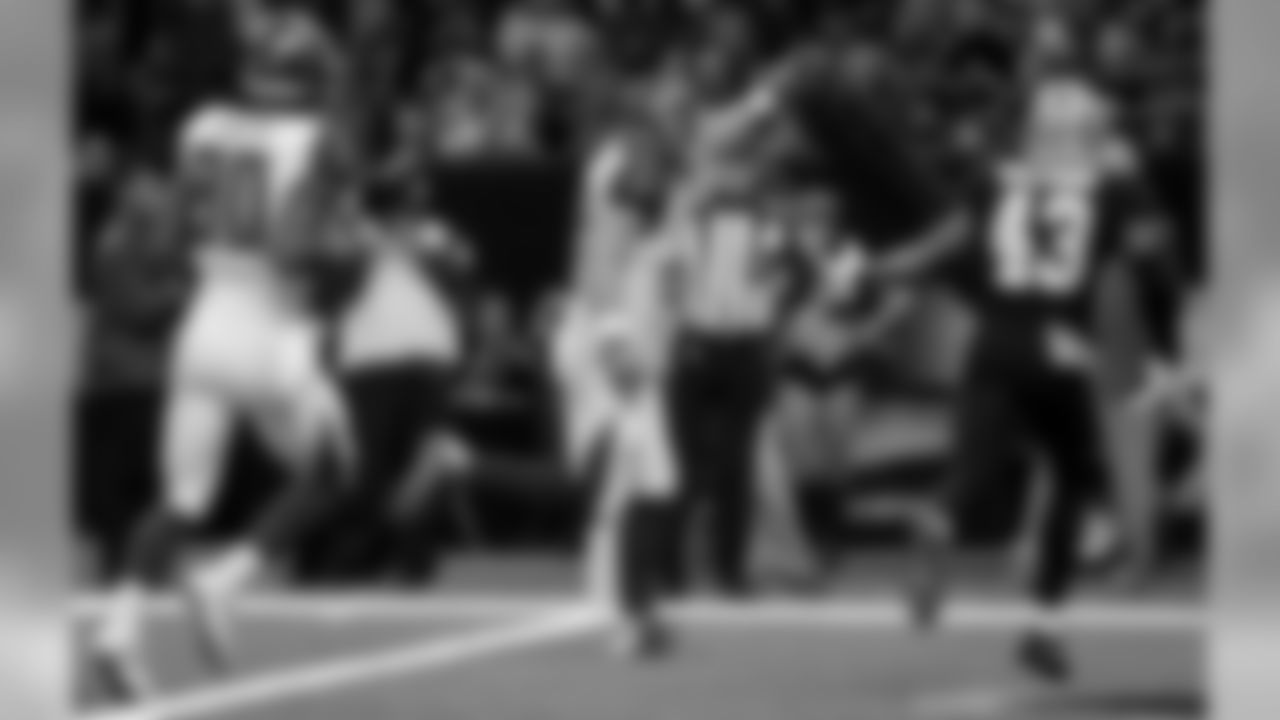
Nov. 5 2017, L 10-30

Dec. 24 2016, L 24-31

Dec. 11 2016, W 11-16
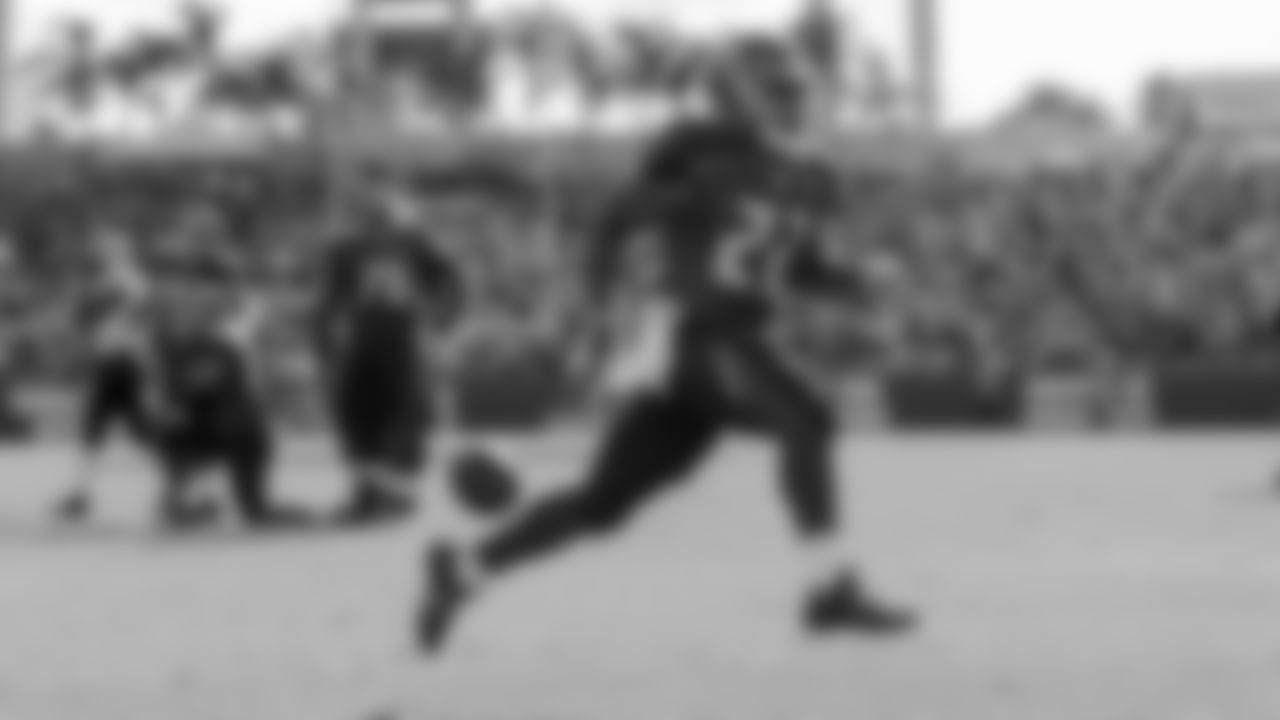
Dec. 13 2015, L 17-24

Sep. 20 2015, W 26-19

Dec. 28 2014, L 20-23
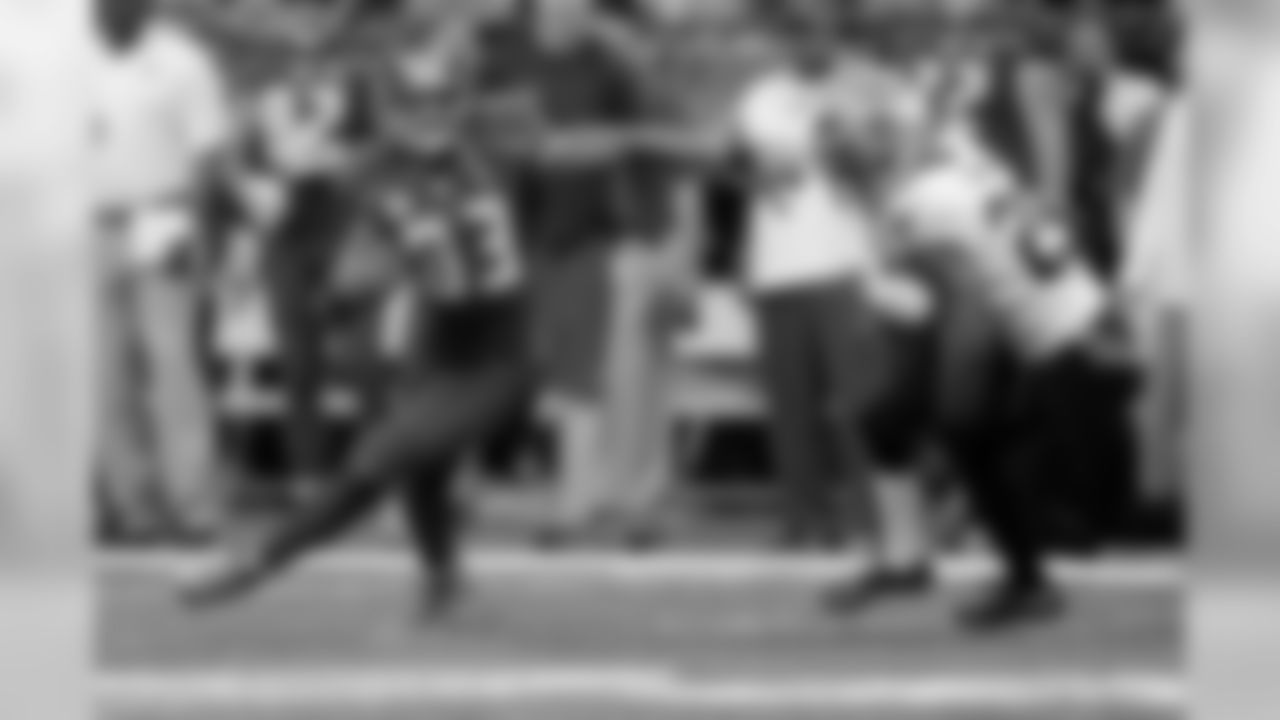
Oct. 5 2014, L 31-37
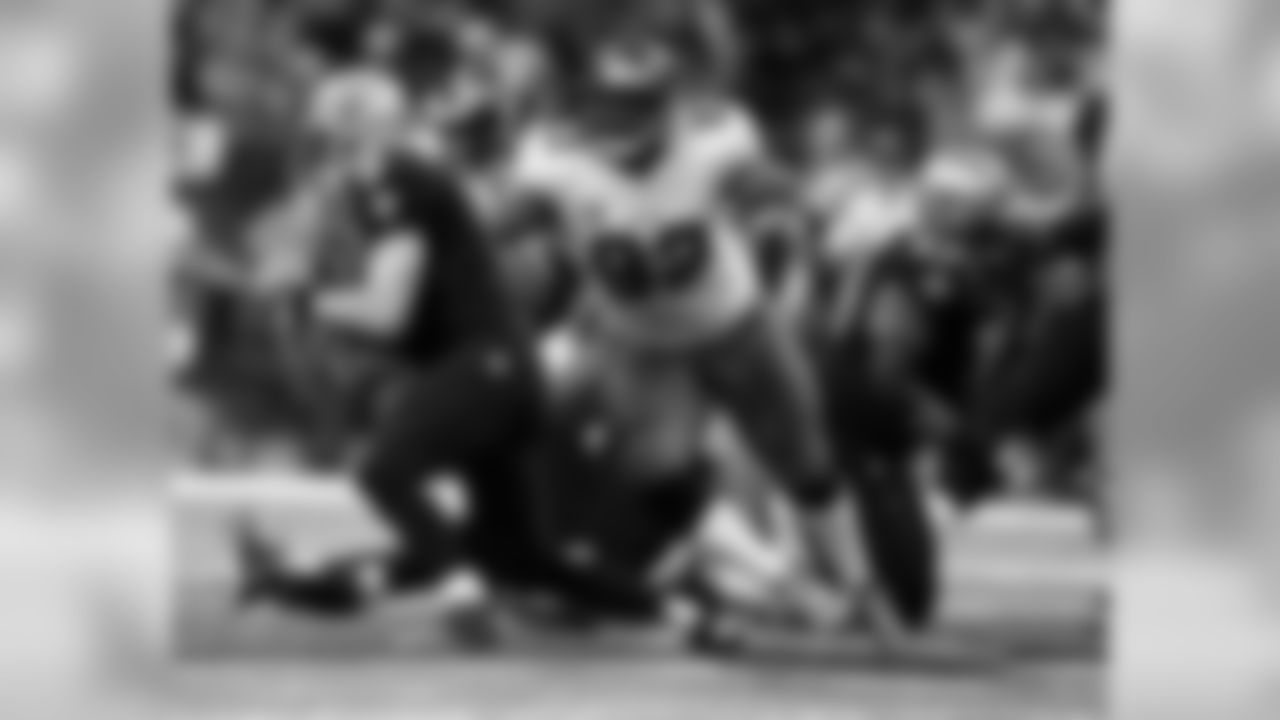
Dec. 29 2013, L 17-42
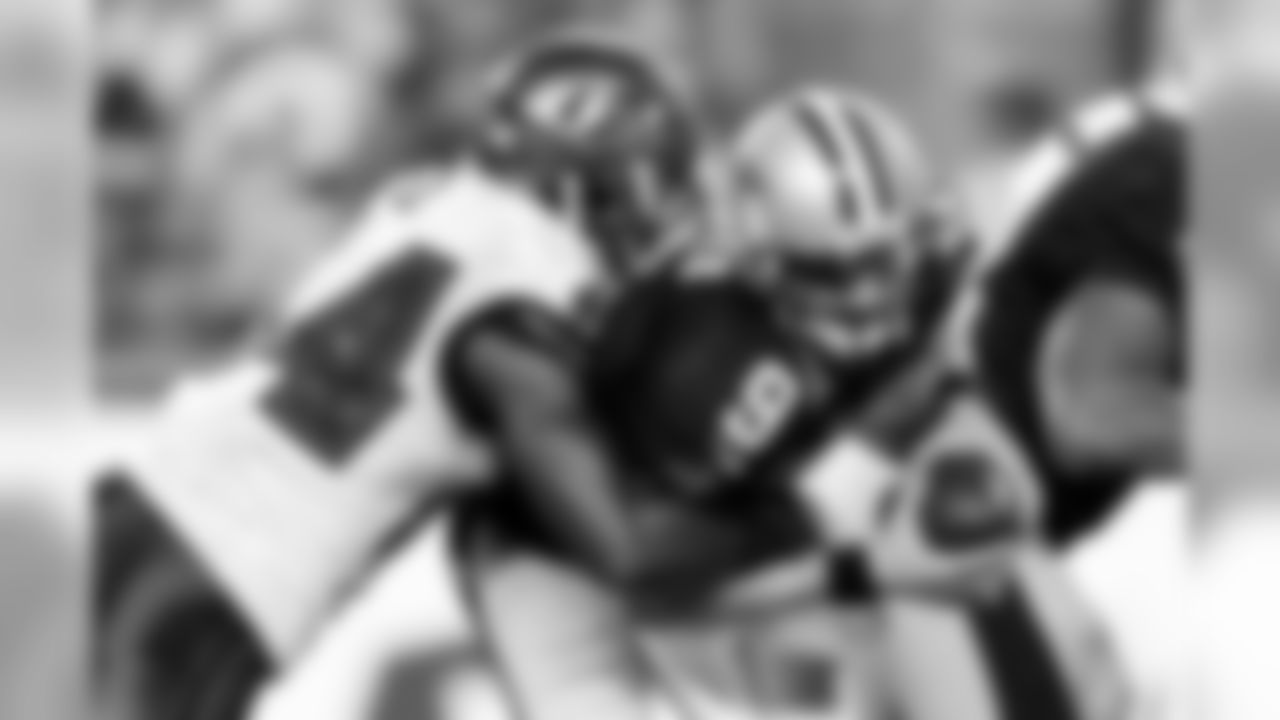
Sep. 15 2013, L 14-16

Dec. 16 2012, L 0-41
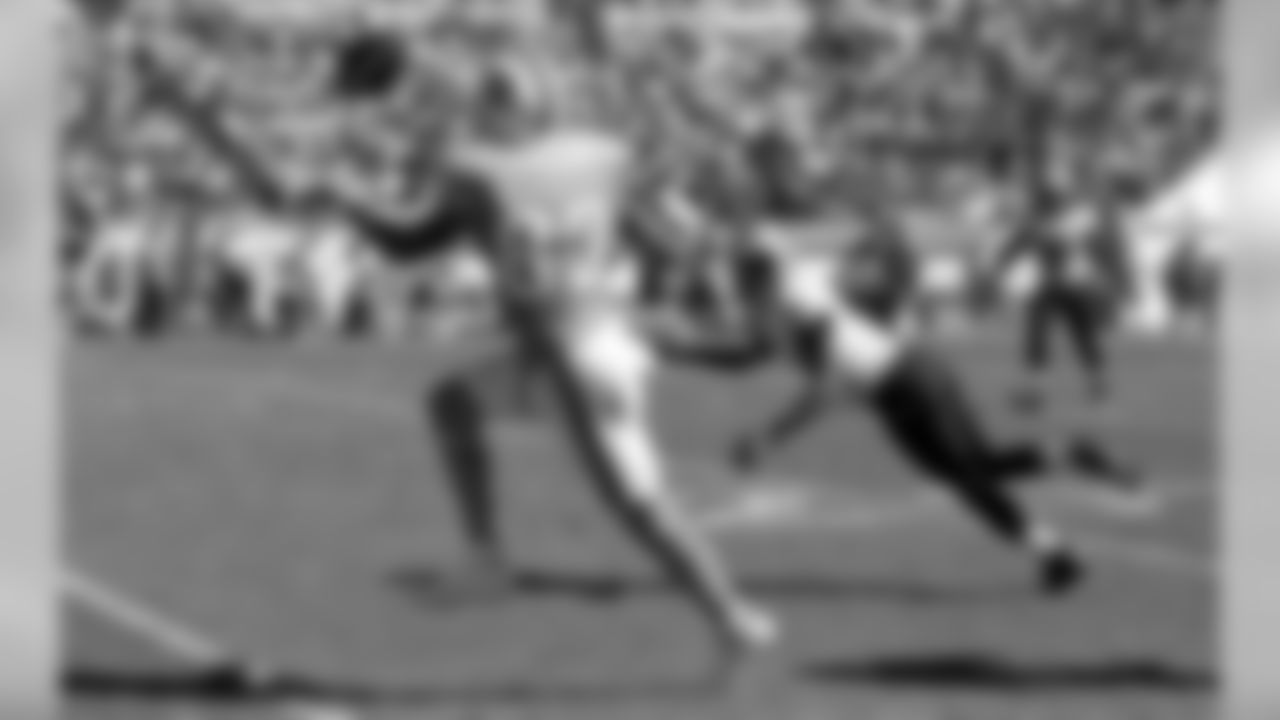
Oct. 21 2012, L 28-35
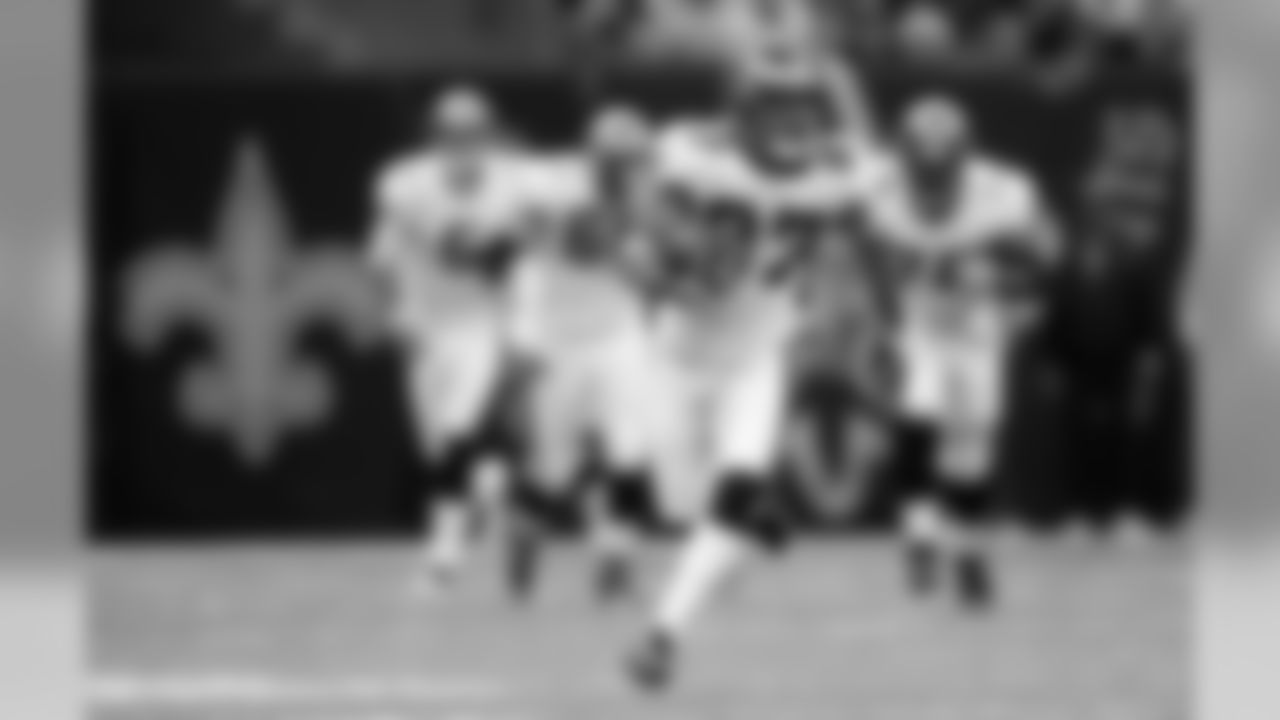
Nov. 6 2011, L 16-27
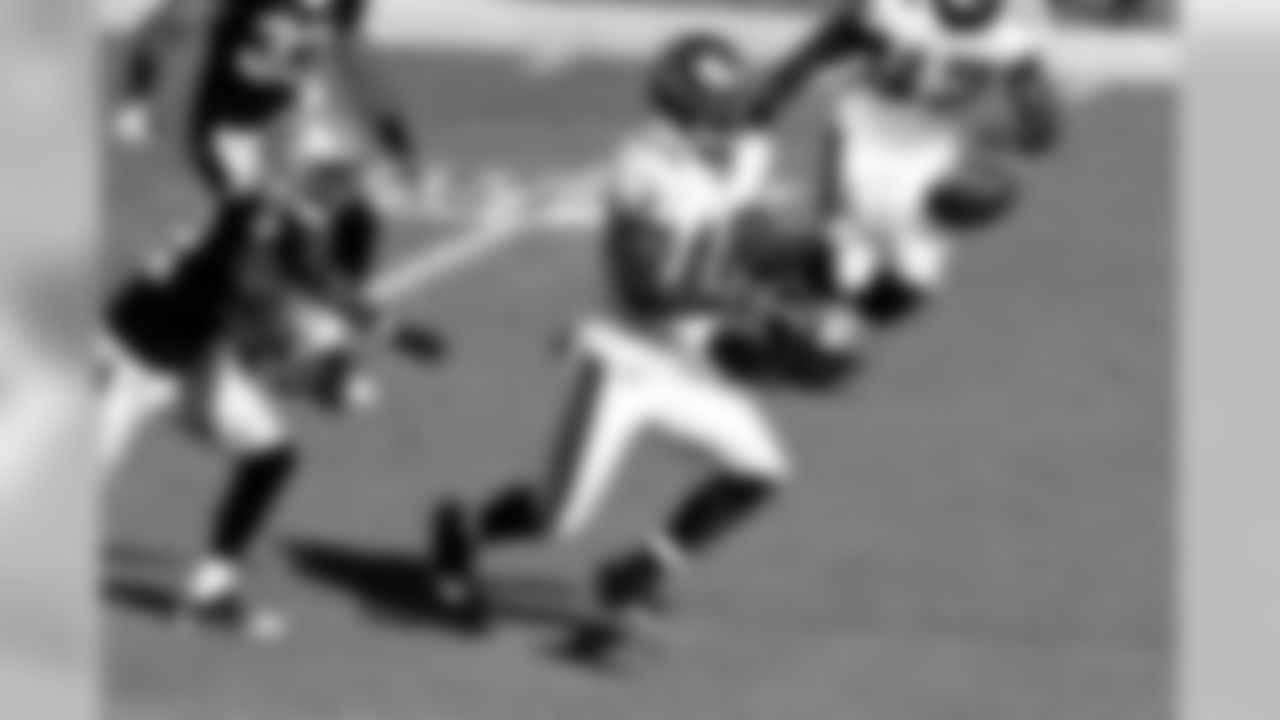
Oct. 16 2011, W 26-20

Jan. 2 2011, W 23-13

Oct. 17 2010, L 6-31
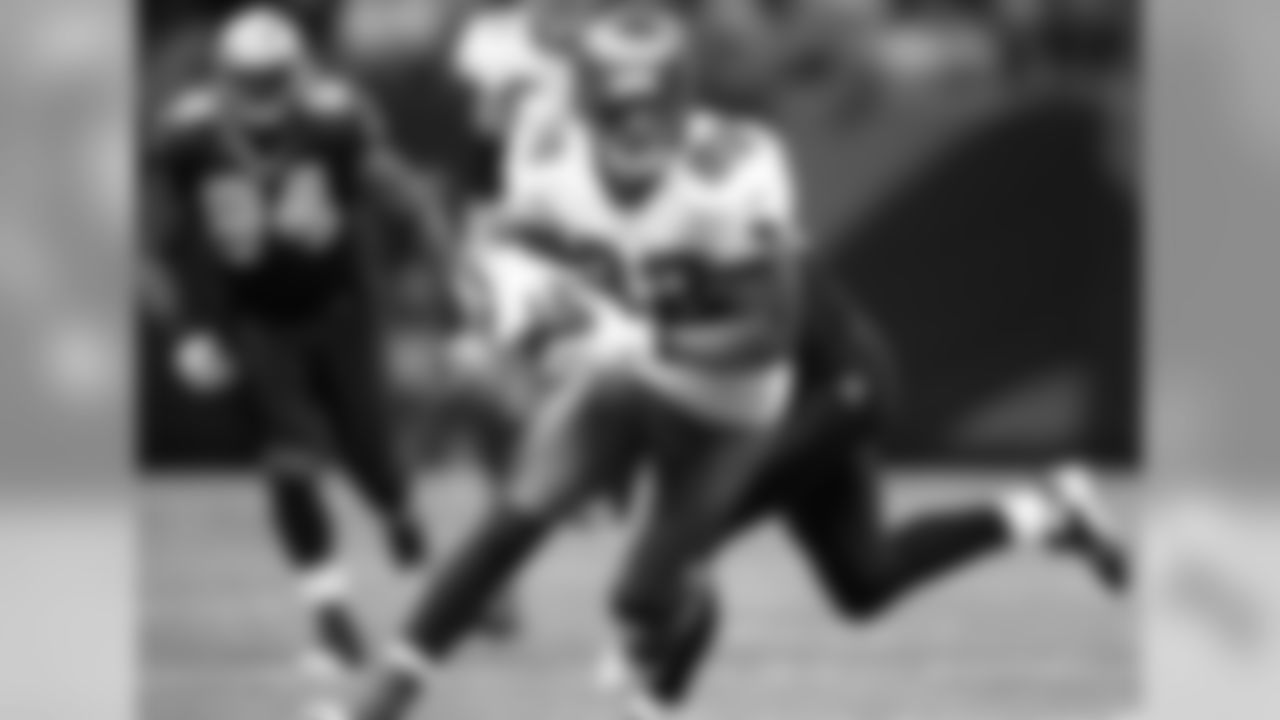
Dec. 27 2009, W 20-17

Nov. 22 2009, L 7-38

Nov. 30 2008, W 23-20

Sep. 7 2008, L 20-24
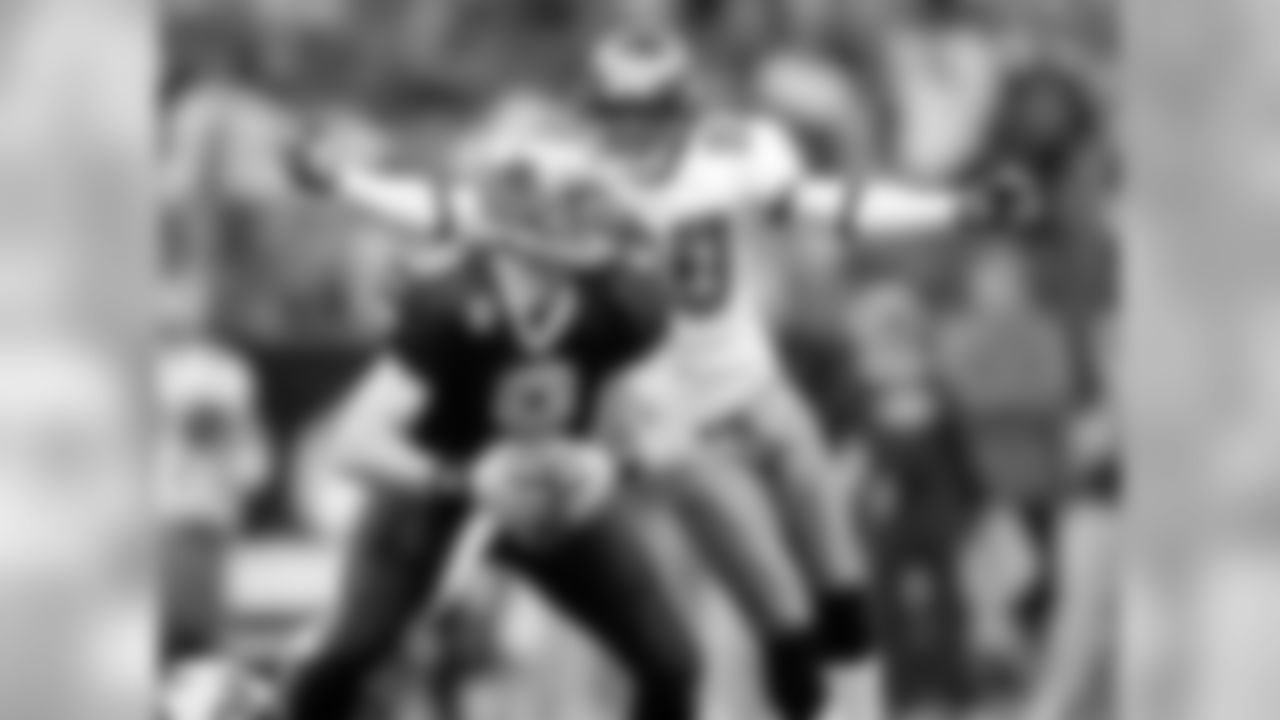
Dec. 2 2007, W 27-23

Sep. 16 2007, W 31-14

Nov. 5 2006, L 14-31

Oct. 8 2006, L 21-24
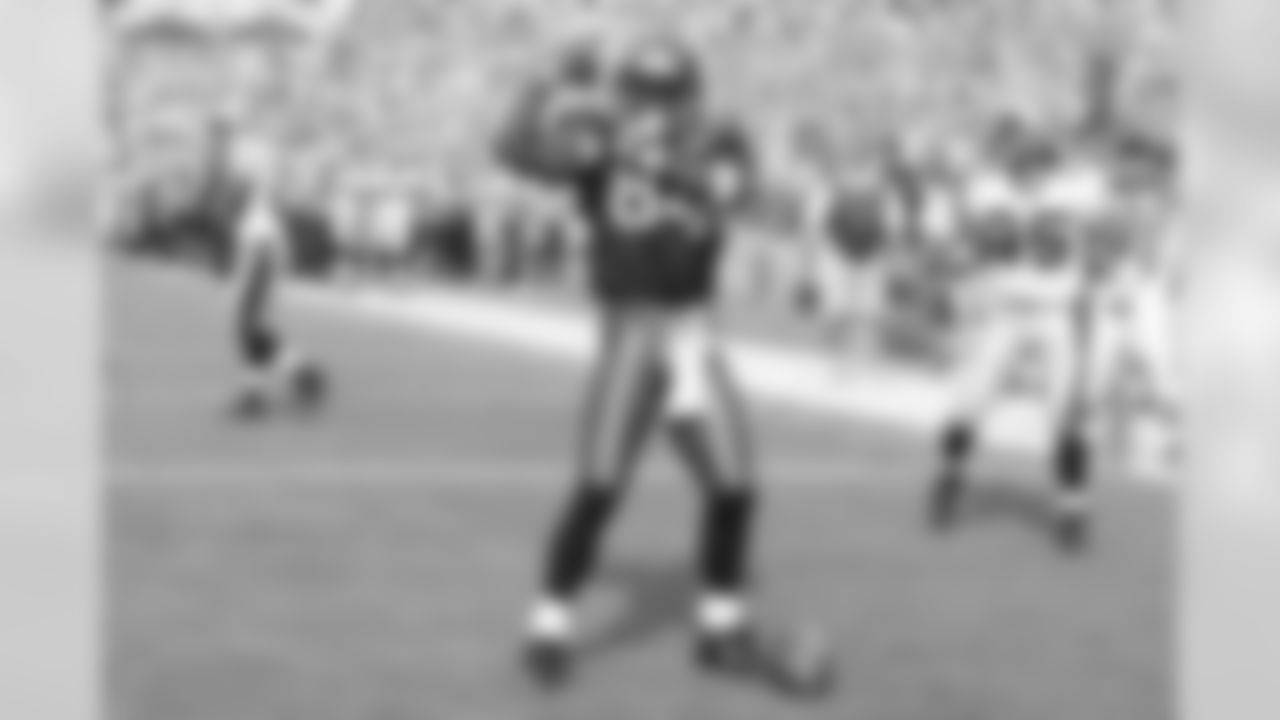
Jan. 1 2006, W 27-13
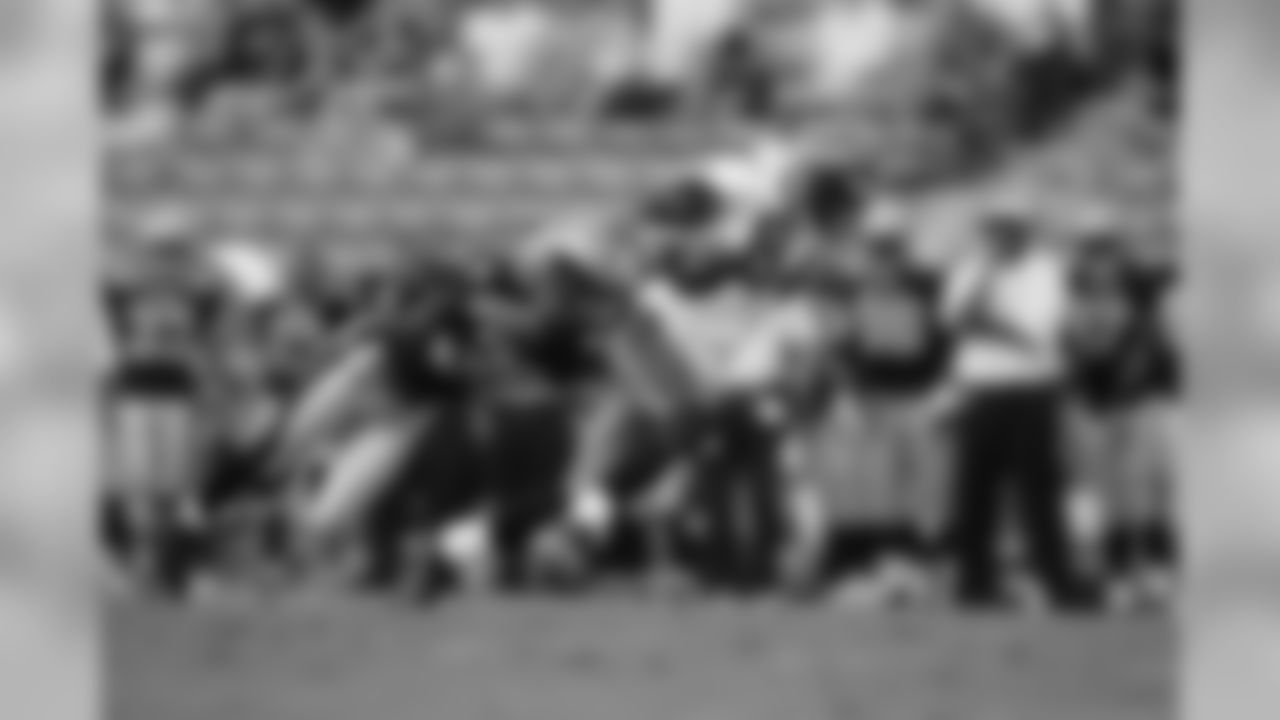
Dec. 4 2005, W 10-3
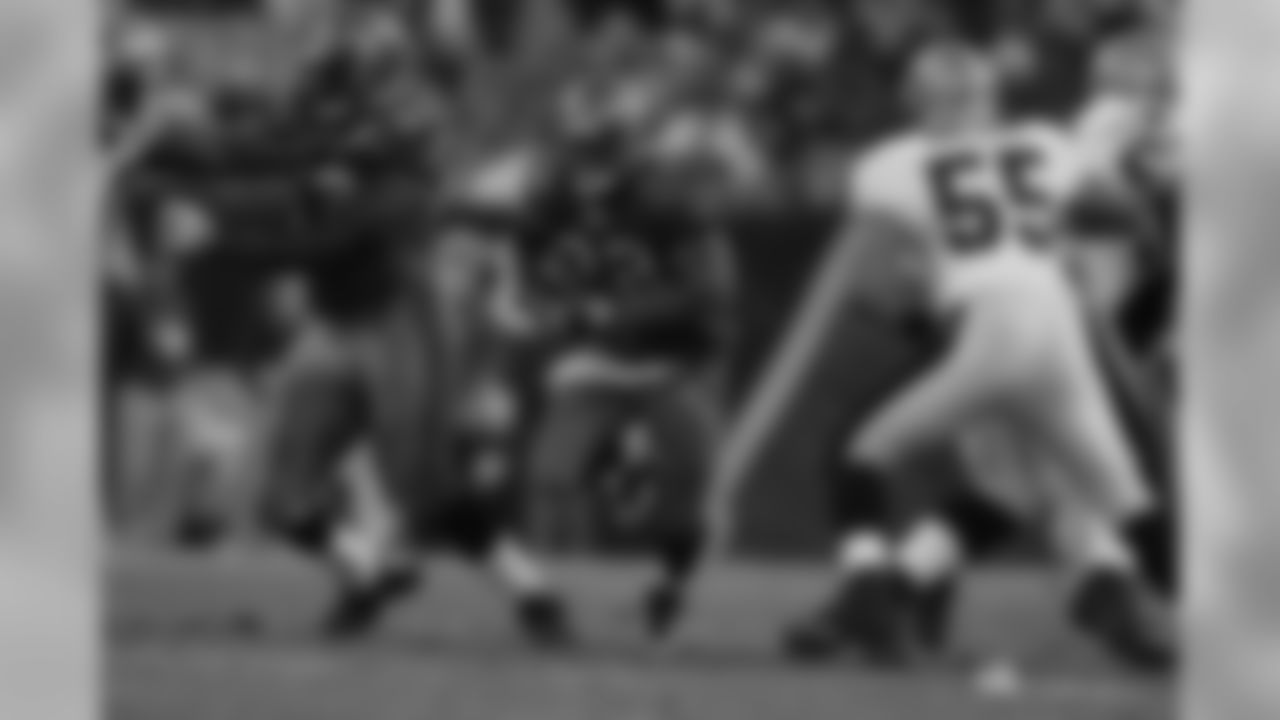
Dec. 19 2004, L 17-21
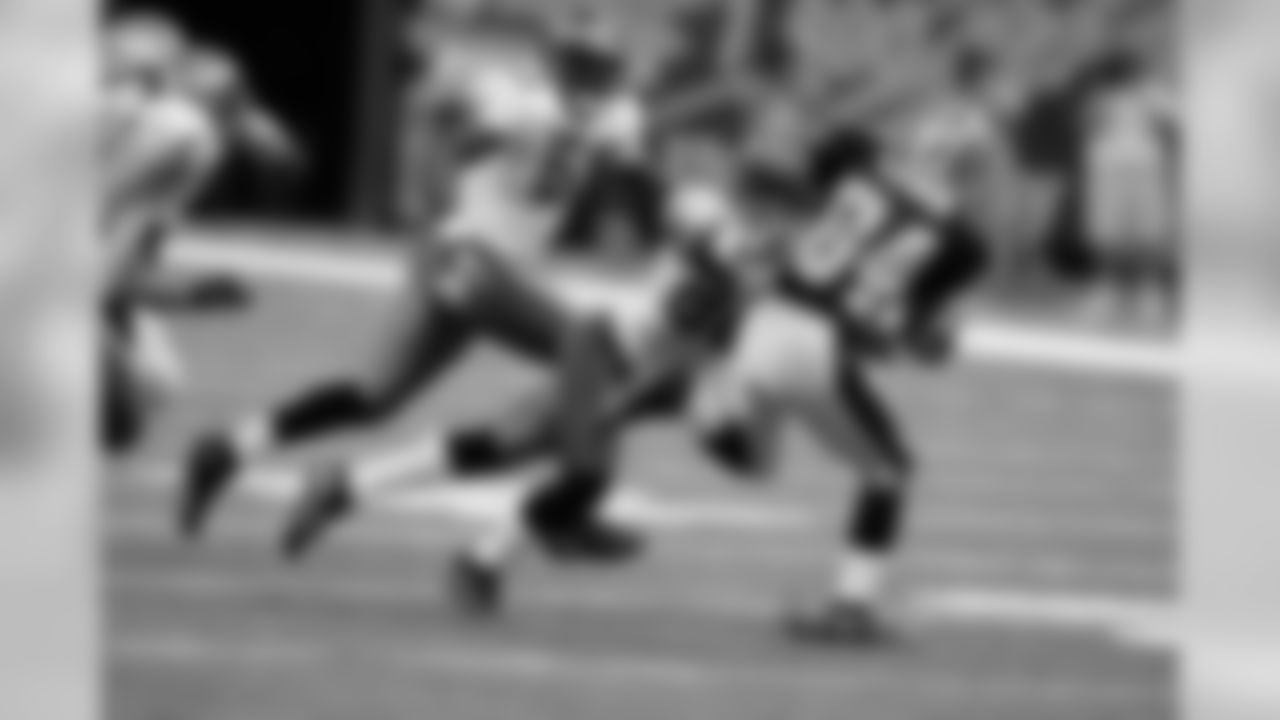
Oct. 10 2004, W 20-17

Dec. 7 2003, W 14-7
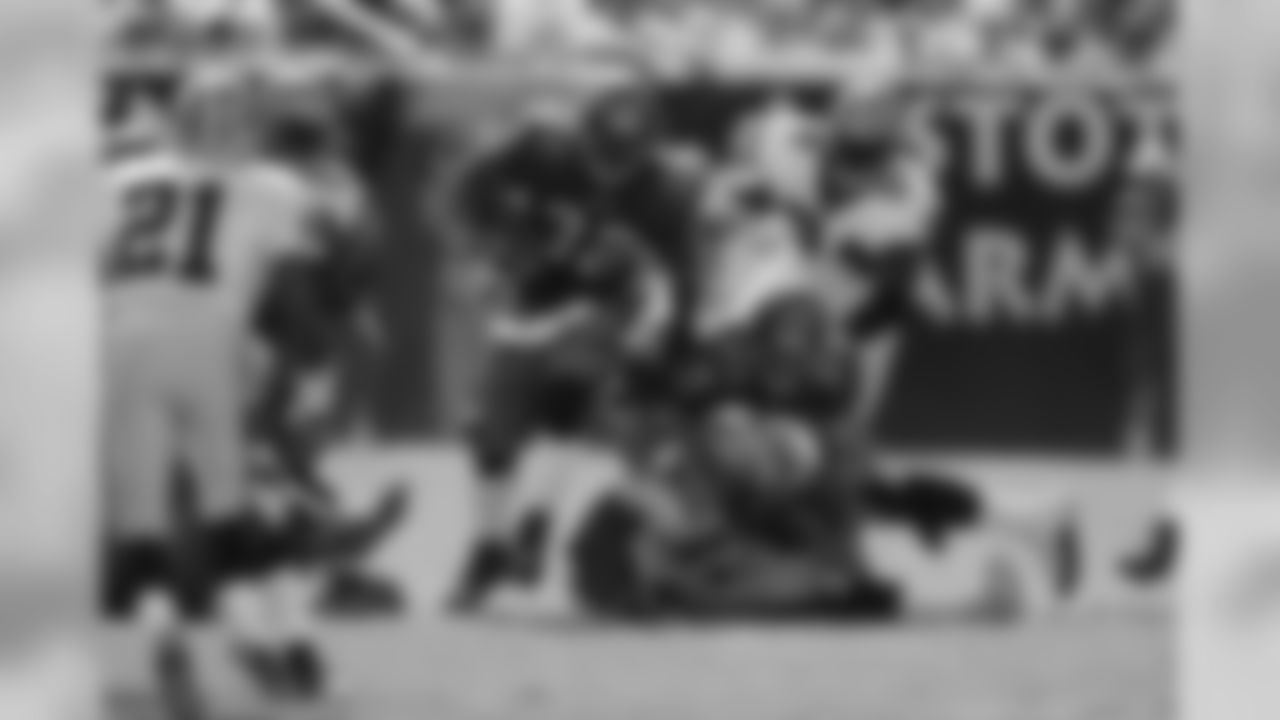
Nov. 2 2003, L 14-17

Dec. 1 2002, L 20-23

Sep. 8 2002, L 20-26

Dec. 23 2001, W 48-21
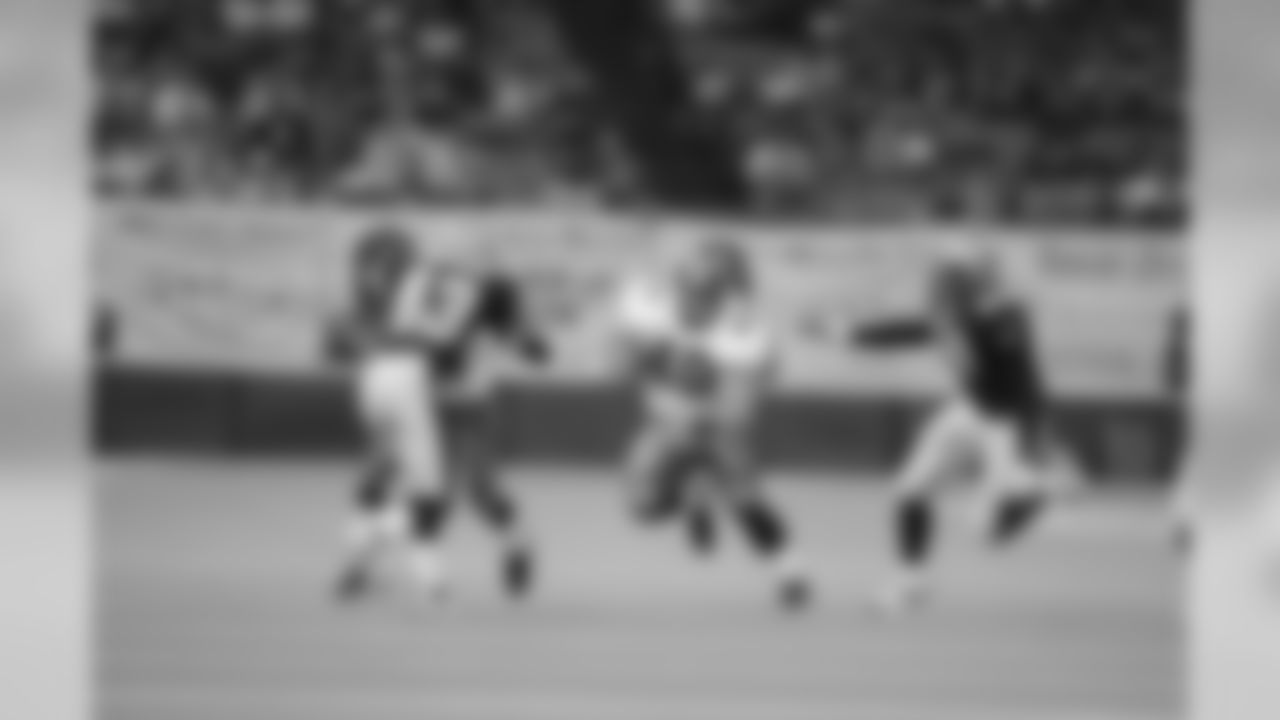
Nov. 7 1999, W 31-16

Oct. 25 1998, L 3-9

Nov. 24 1996, W 13-7

Sep. 18 1994, L 7-9
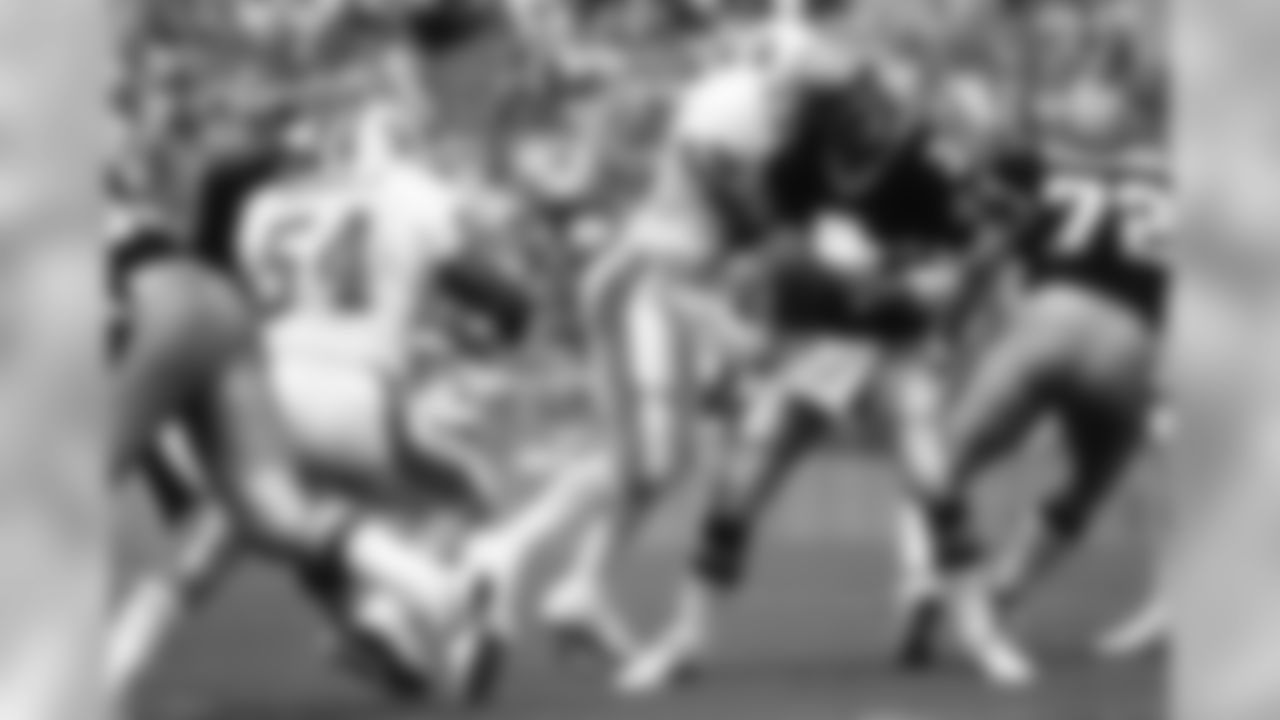
Sep. 24 1989, W 20-10

Sep. 22 1985, L 13-20

Sep. 9 1984, L 13-17
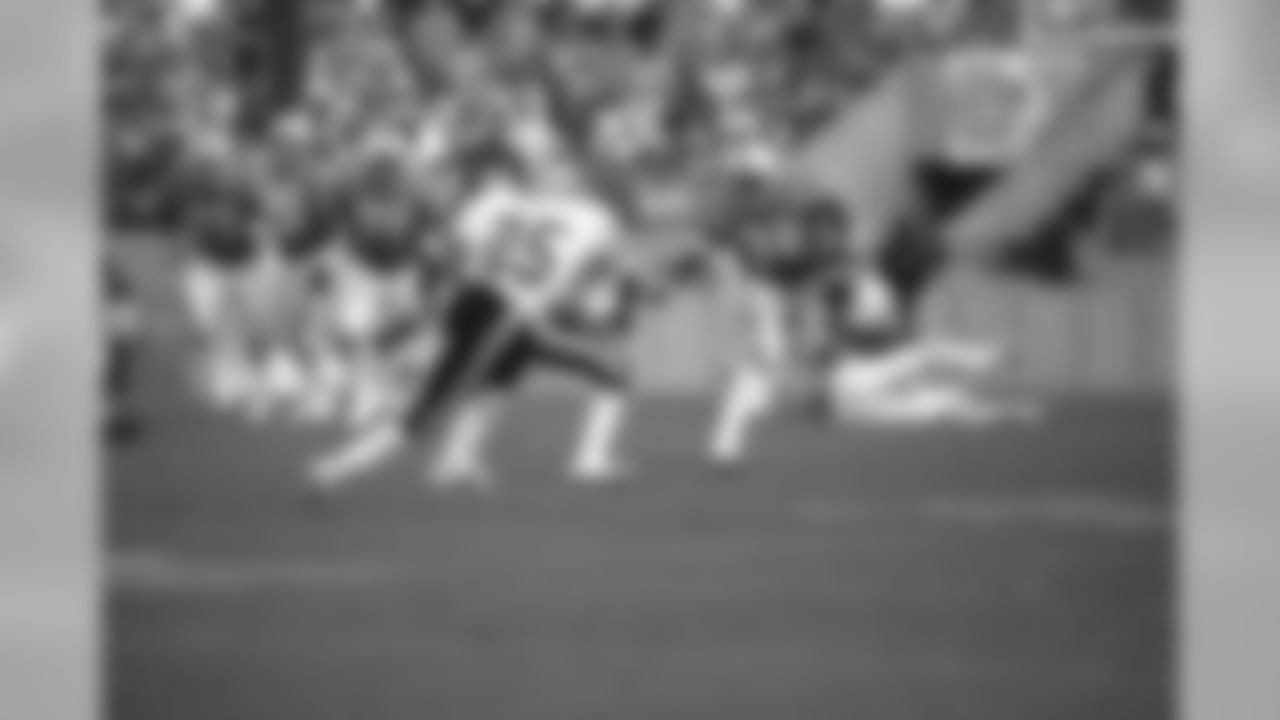
Oct. 23 1983, L 21-24

Dec. 5 1982, W 13-10

Nov. 29 1981, W 31-14

Oct. 14 1979, L 14-42

Dec. 17 1978, L 10-17Not Pictured:Nov. 1 1992, L 21-23Oct. 20 1991, L 7-23Nov. 11 1990, L 7-35Sep. 25 1988, L 9-13Dec. 6 1987, L 34-44Oct. 19 1986, L 7-38Dec. 11 1977, W 33-14
On Sunday, the 2-5 Tampa Bay Buccaneers take on the 5-2 New Orleans Saints at the Mercedes-Benz Superdome in New Orleans. It will be the 51st meeting between the Bucs and the Saints and the first intra-division road game of the year for Tampa Bay. The Buccaneers are trying to end a four-game losing streak and pull a game closer in the division race to the first-place Saints.
To accomplish that goal, the Buccaneers will have to contend with a pair of prolific running backs who are both running and catching passes with abandon. Tampa Bay's offense will need to limit edge rusher Cameron Jordan and keep the ball away from a Saints' defense that has picked off nine passes in seven games. Here's a closer look at the challenges the Buccaneers will face on Sunday when they head back to the familiar surroundings of the Superdome.
HEAD COACH

From their birth in 1967 through 2005 – a span of 39 seasons – the Saints won three division titles and one playoff game, never played in a conference championship game and had all of five seasons with double-digit wins. Since the arrival of Head Coach Sean Payton (and quarterback Drew Brees) in 2006, the Saints have won three division titles and six playoff games, played in two conference championship games and five seasons with double-digit wins…and they are currently in first place again in 2017. That was all accomplished in 10 seasons with Payton on the sideline, as he was suspended for all of 2012, when the Saints finished 7-9.
Oh, the Saints also won the franchise's first title in February of 2010, beating Peyton Manning and Indianapolis in Super Bowl XLIV, at the end of Payton's fourth season at the helm.
Pictures from the Buccaneers' practice on Wednesday.
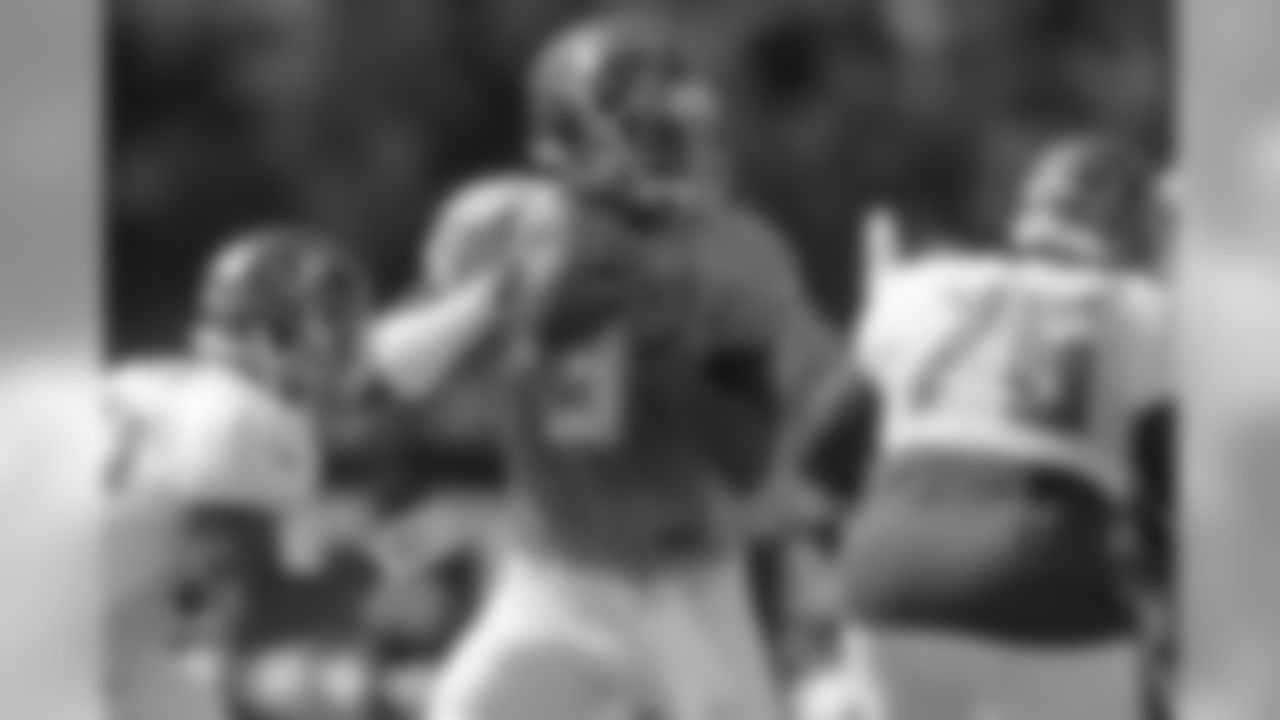
QB Jameis Winston

Bucs Practice

CB Javien Elliott

S Chris Conte

TE Cameron Brate

TE Luke Stocker

TE Antony Auclair

TE O.J. Howard

Bucs Practice

QB Jameis Winston
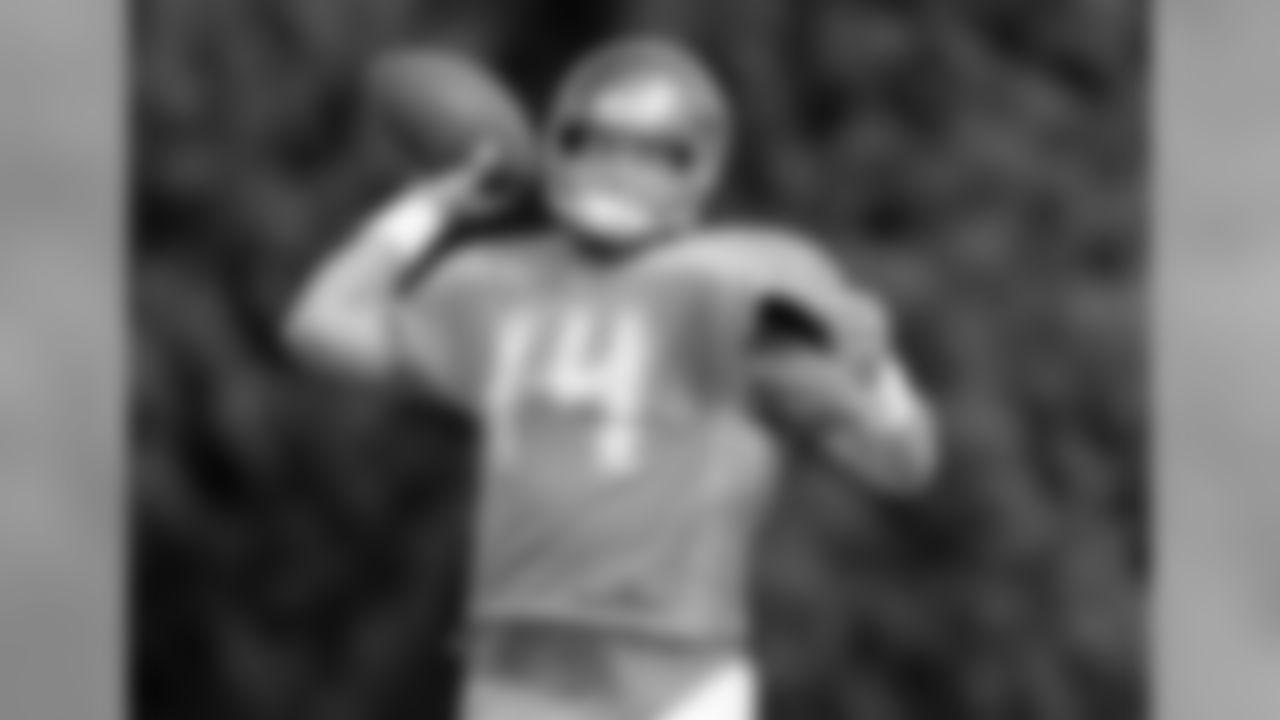
QB Ryan Fitzpatrick

WR Mike Evans

GM Jason Licht and HC Dirk Koetter

WR DeSean Jackson
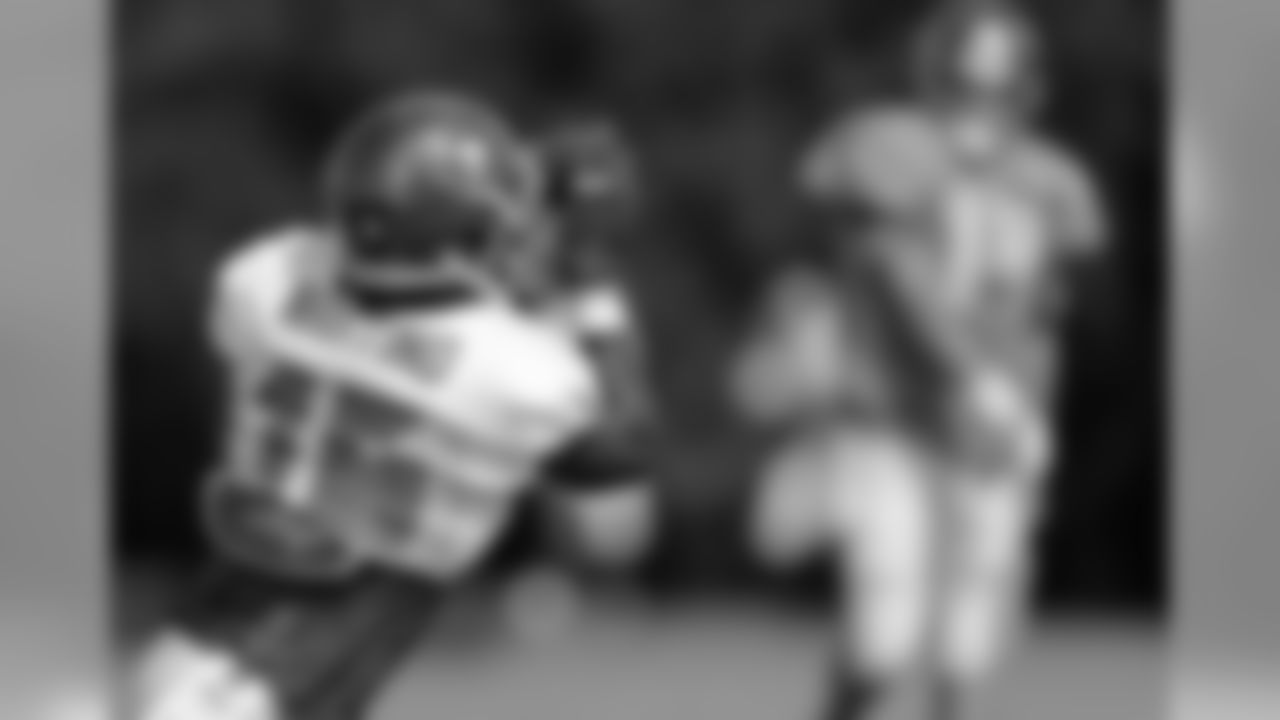
WR Freddie Martino
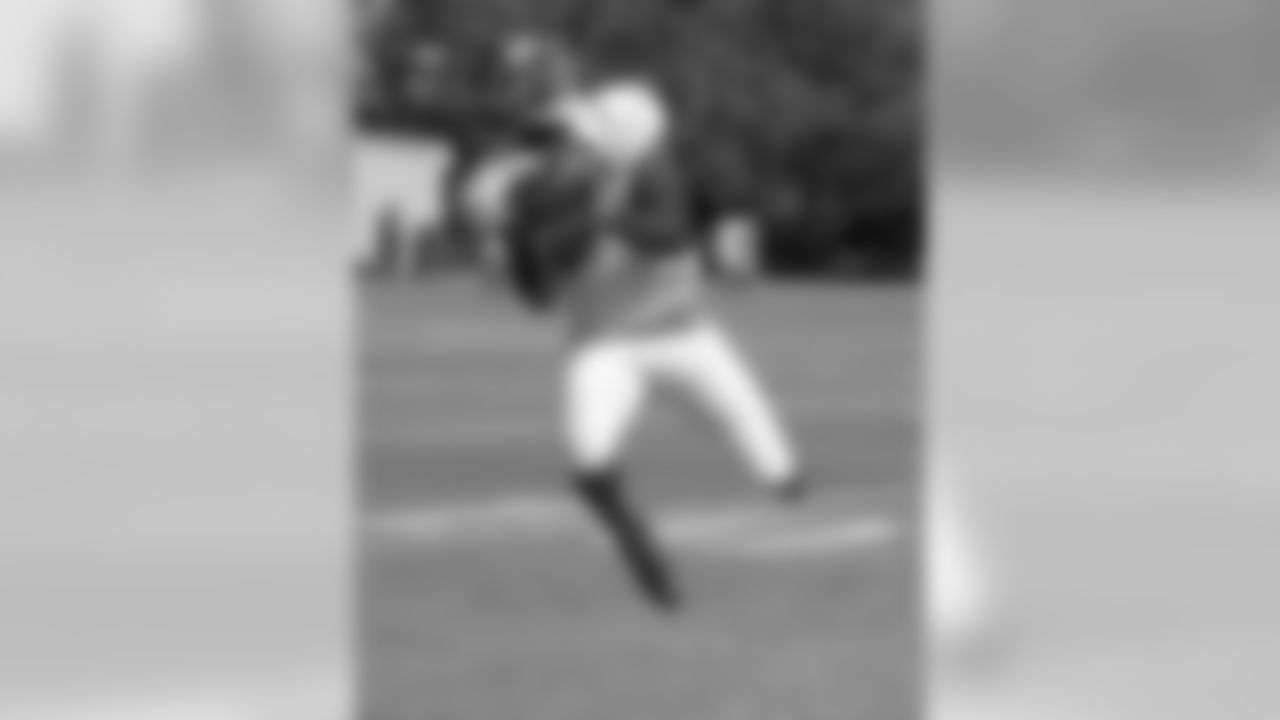
WR Bobo Wilson

QB Jameis Winston and HC Dirk Koetter
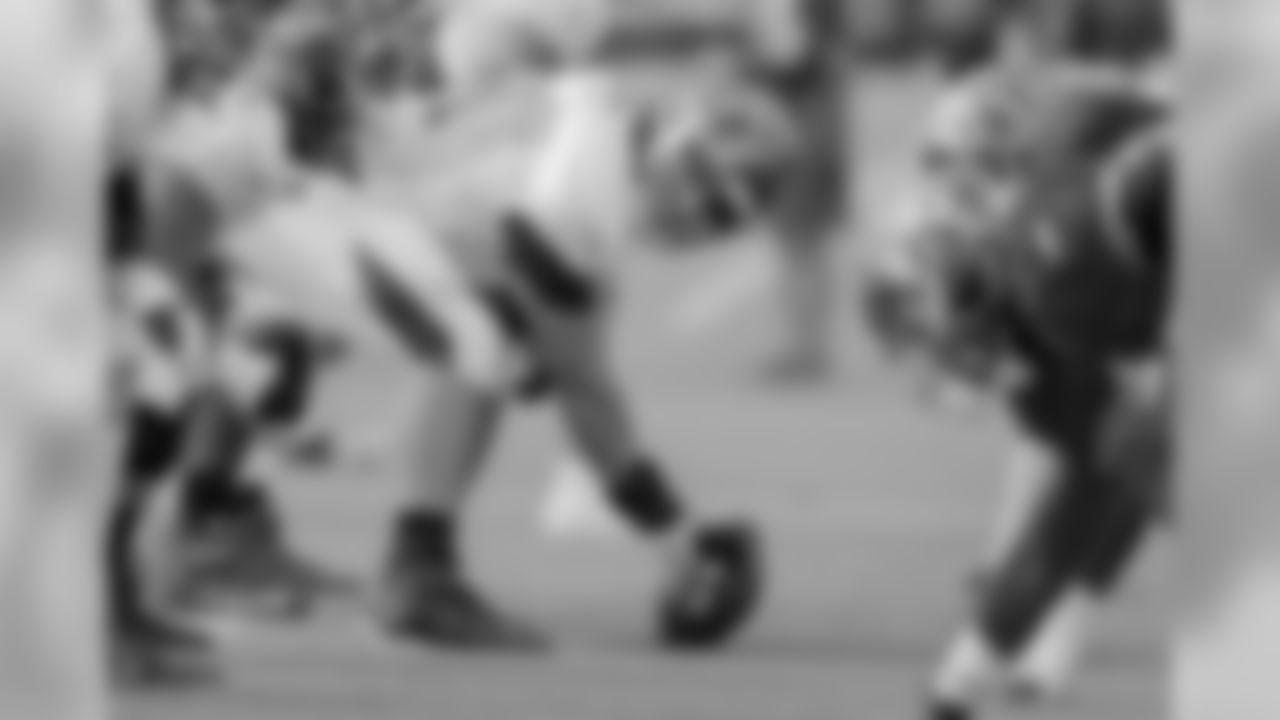
C Ali Marpet

QB Jameis Winston

Bucs Practice
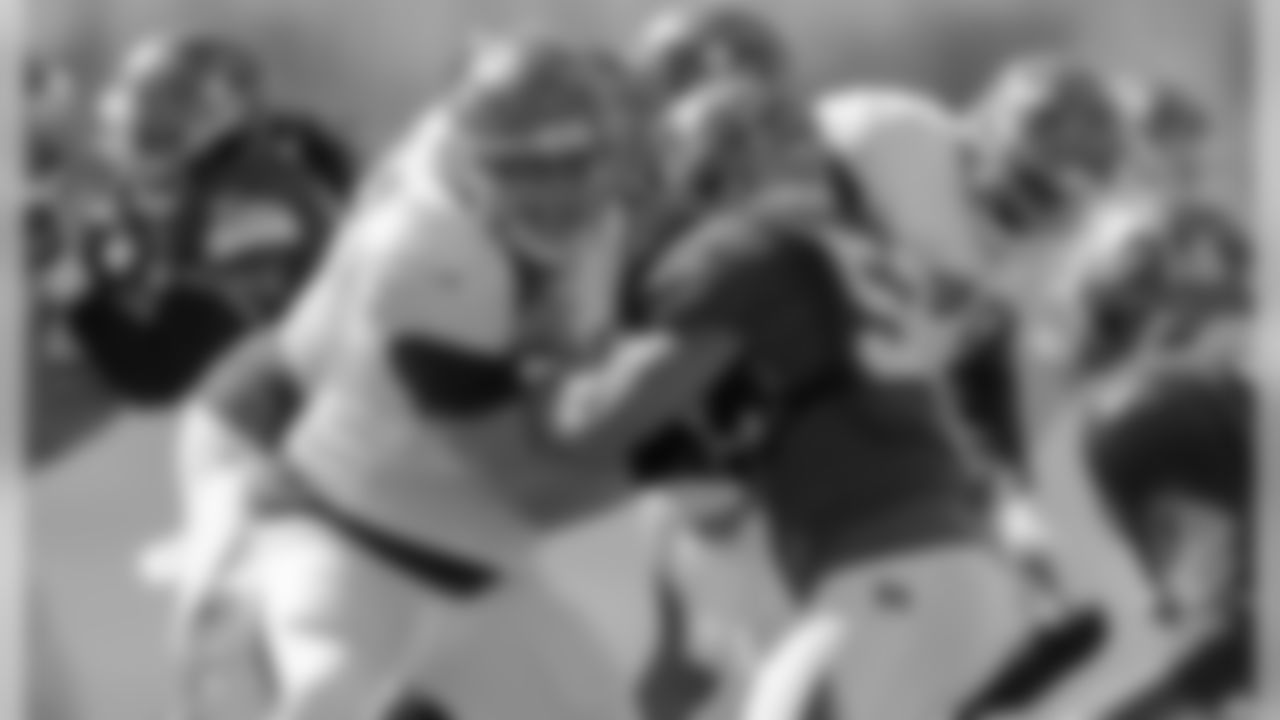
Bucs Practice
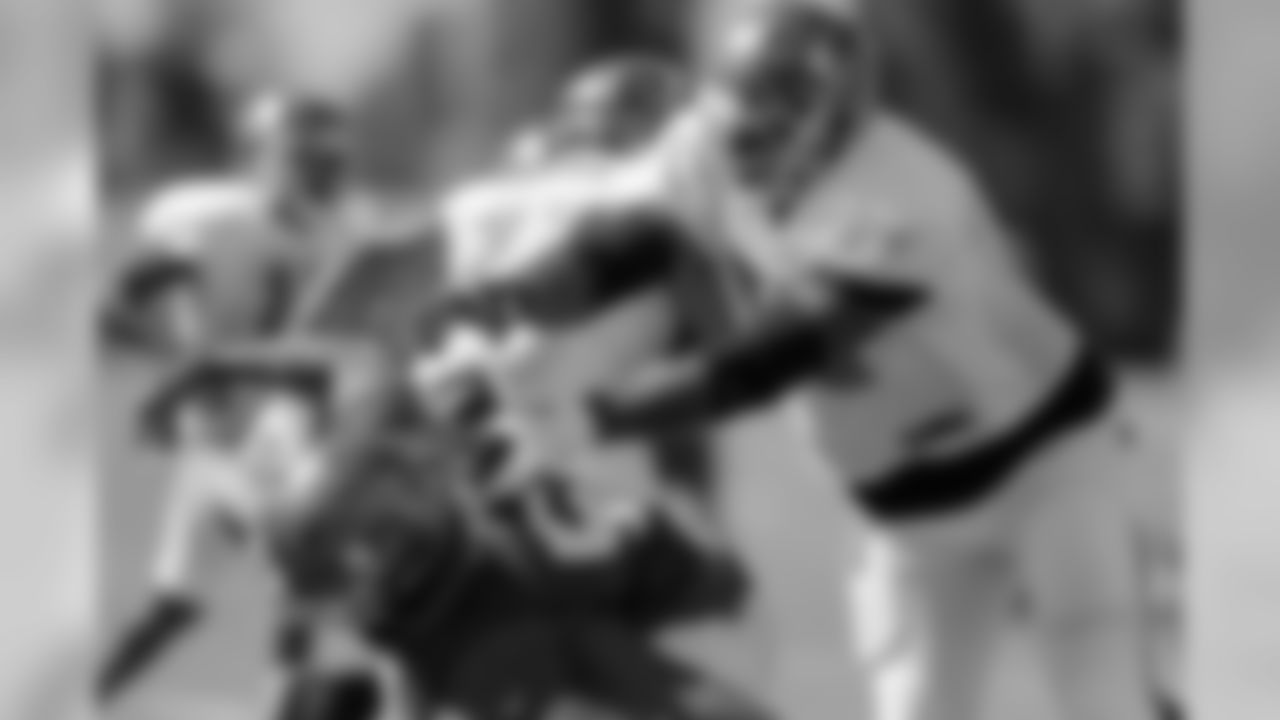
Bucs Practice

QB Jameis Winston

QB Jameis Winston

C Evan Smith

HC Dirk Koetter and QB Jameis Winston

WR Mike Evans
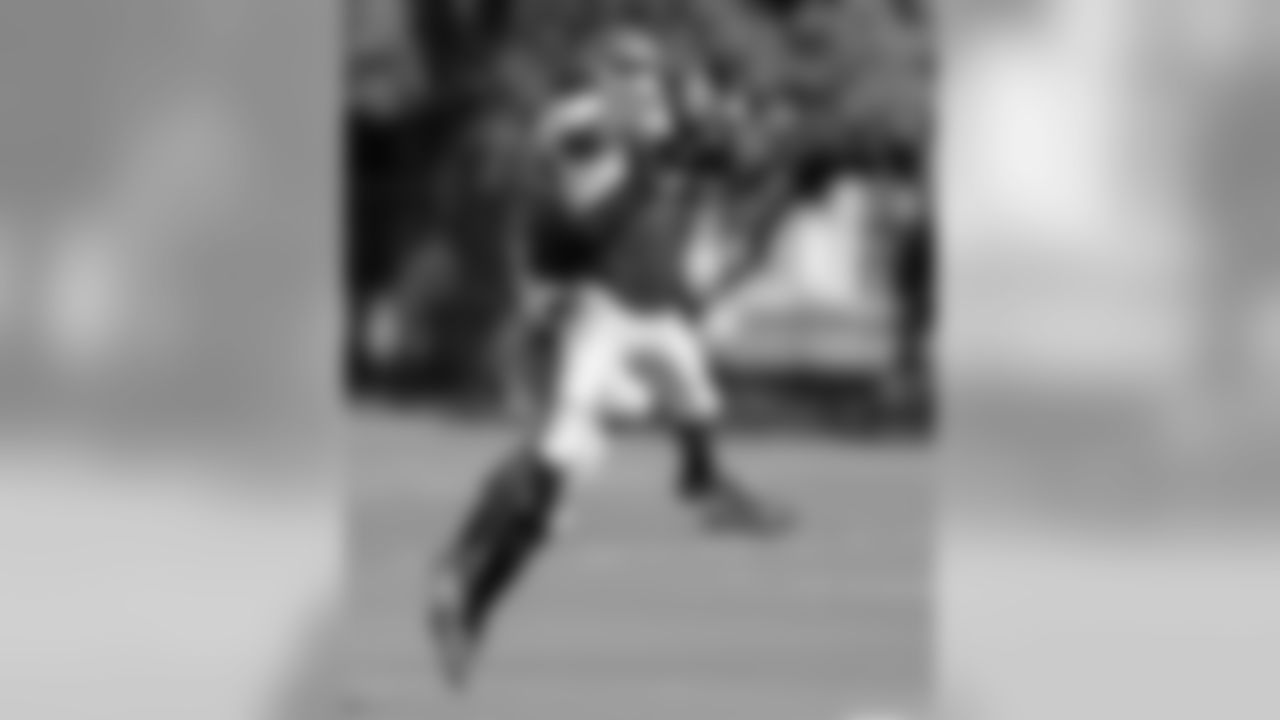
Bucs Practice

WR DeSean Jackson
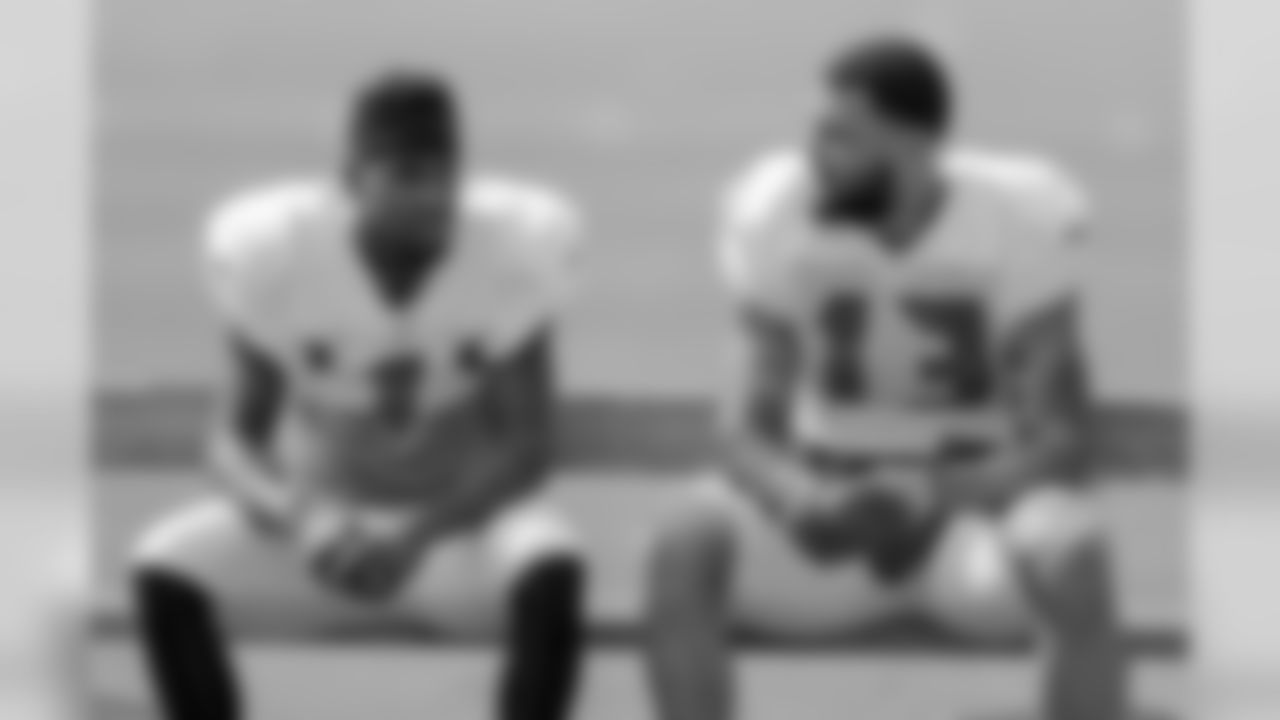
WR DeSean Jackson and WR Mike Evans

OT Donovan Smith

DT Clinton McDonald

DT Clinton McDonald

TE Alan Cross and CB Vernon Hargreaves


TE O.J. Howard

WR Bobo Wilson
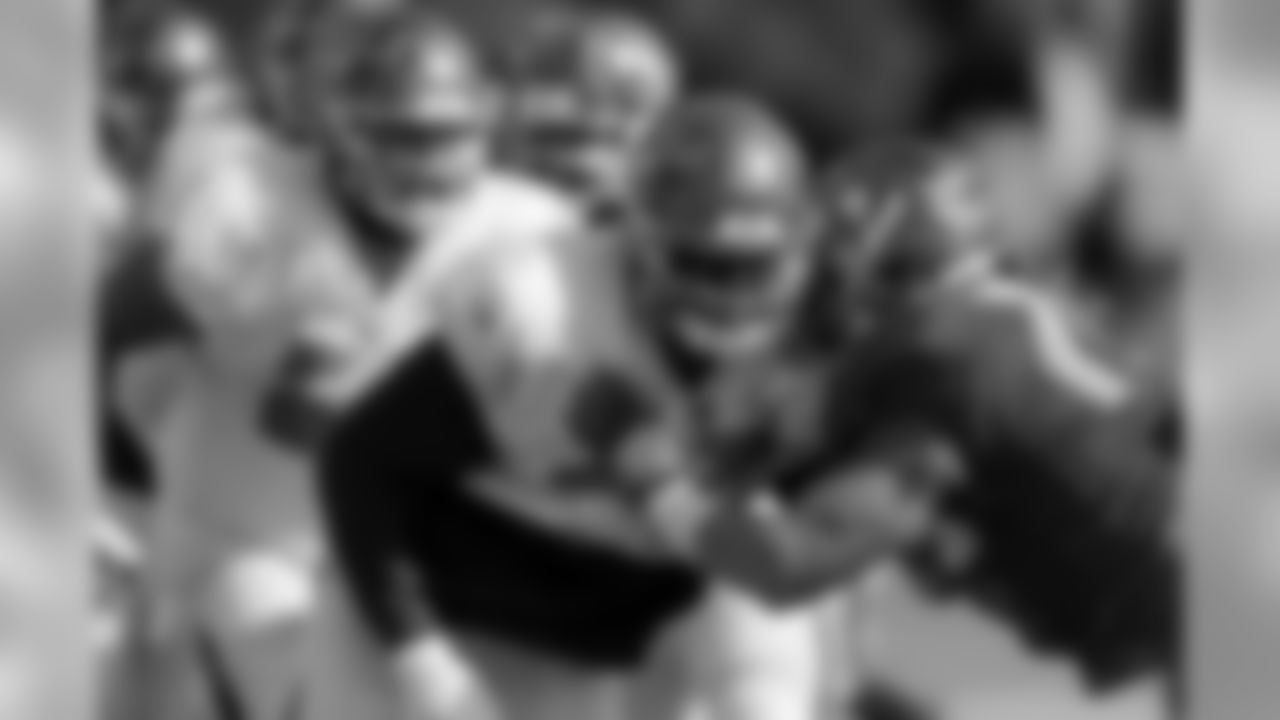
Bucs Practice

Bucs Practice
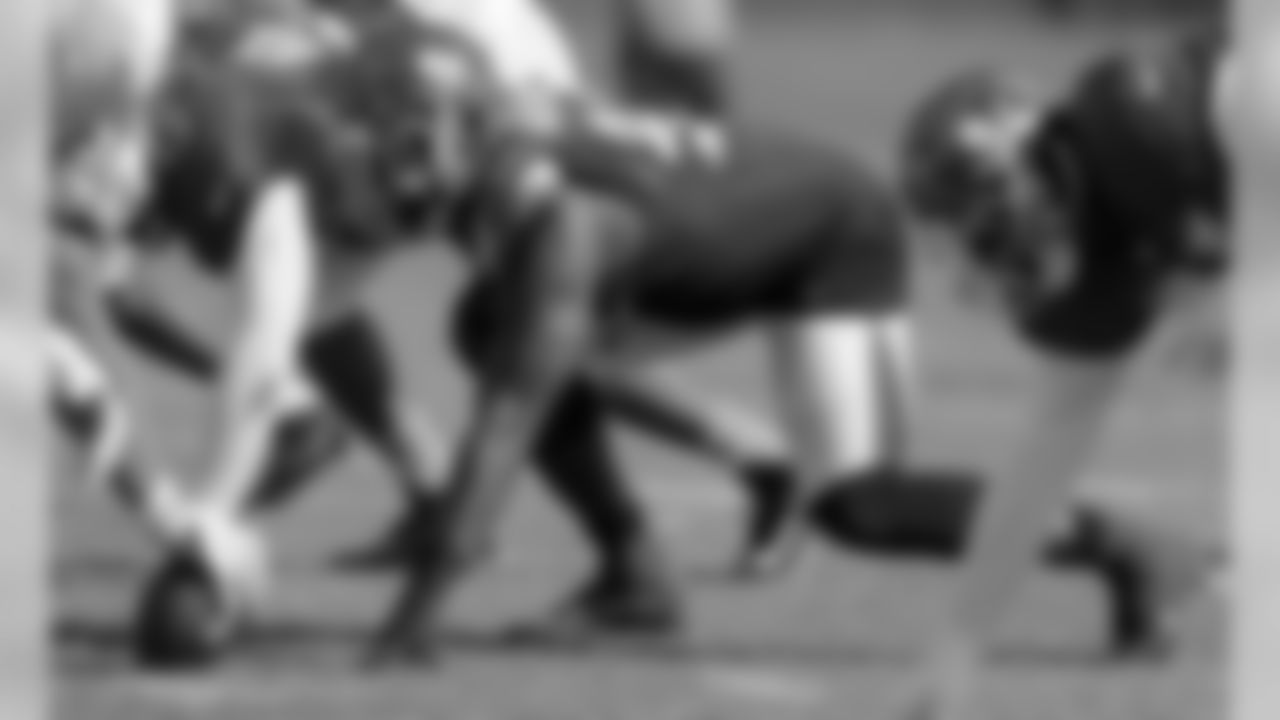
DE Robert Ayers
In all, the Saints made the playoffs five times and won the division three times in Payton's first eight seasons as the head coach, and never finished worse than 7-9. That was also New Orleans' final record each of the last three seasons, though in the first of those three that was still good enough to tie for the best record in the division. With their 5-2 start to 2017, the Saints are 99-68 in the regular season under Payton's guidance, and 6-4 in the postseason. Payton was named the Associated Press NFL Coach of the Year after leading the Saints to their title in 2009.
A quarterback in college and briefly in the pros, Payton spent his career leading up to his first head coaching gig on the offensive side of the ball. After roughly a decade at the college level, Payton jumped to the NFL in 1997, taking over as quarterbacks coach in Philadelphia under Eagles Offensive Coordinator Jon Gruden. He went from there to the New York Giants and after just one year in charge of the QBs was promoted to offensive coordinator; with the Giants, he gained a reputation as a tireless worker who would often sleep at team headquarters. In 2003, Bill Parcells hired Payton away to help him Dallas, as the assistant head coach and quarterbacks coach, and later as the passing game coordinator.
The Saints came calling in 2006 in the wake of a 3-13 season and the Hurricane Katrina disaster. With Payton and free agent QB Drew Brees in town, the Saints immediately established one of the NFL's most explosive offenses and went straight to the playoffs in Year One. Payton, Brees and company have never slowed down since, landing in the top six in the NFL's yardage rankings every year from 2006 to the present.
OFFENSE

The constant over a dozen years of prolific Saints offenses is obviously Brees, who has thrown for more yards (68,062) and touchdowns (476) than every quarterback in history except Manning and Brett Favre. That doesn't mean the New Orleans offense has failed to evolve over the years; it is, in fact, quite notably doing so this year.
The Saints' most explosive wideout, Brandin Cooks, was traded to New England and replaced as a speed threat by former Panther Ted Ginn. Michael Thomas, in his second year, has emerged as the team's top wideout, catching 42 passes for 480 yards, but his per-catch average of 11.4 yards is not among the league's top 70 players. Ginn is averaging 17.5 yards per catch and is the obvious downfield threat, but he has just 24 receptions. The Saints simply aren't throwing it deep as often as they have in the past, and they aren't having quite as much success as they used to when they do. Brees's passer rating of 84.2 on throws that travel more than 20 yards in the air is 16th in the NFL and would represent his lowest number in that category since 2012.
Soaking up all the extra targets are running backs Mark Ingram and Alvin Kamara, the only pair of RB teammates in the NFL who each have 30 receptions already. Despite the reduced emphasis on deep passes, the Saints still rank second in the NFL with completions of 20+ yards largely because thee pass-catchers – especially Ingram and Kamara – do so much after the ball is in their hands. The Saints have 1,069 yards after the catch (YAC) this year, fourth-highest in the NFL. Kamara has 31 receptions and Ingram has 30, and they have both excelled in the screen game.
What has further marked an evolution for the Saints' offense, however, is how often Ingram and Kamara have run the ball. New Orleans has run the ball on 43.5% of their snaps this year, and while that's pretty close to the middle of the pack (ranked 13th, and the league average is 42.1%), it's a very big uptick for the Saints. That's their highest percentage of running plays since 2009, the year they won the Super Bowl.
Ingram had his best season in 2016 after some very up-and-down years, rushing for 1,043 yards and 5.1 yards per tote. That renaissance has continued into 2017, as his rushing yards per game is nearly identical to 2016 (66.3, up from 65.2) and he's averaging 4.3 yards per tote. Ingram has slowly grabbed a bigger share of the load in the ground game, however, averaging nine carries per game over the last three, and has a superb 5.8 yards-per-carry average. After Ingram fumbled twice in the fourth quarter last week in a close game against Chicago, it's possible that Kamara could get even more of the carries going forward. However they're distributed, Ingram and Kamara have combined for seven total touchdowns and, in terms of production, look like this year's version of Devonta Freeman and Tevin Coleman, who helped Atlanta get to the Super Bowl last year.
The Saints traded Jimmy Graham to Seattle in 2015 and subsequently got one good year of production out of the tight end position from veteran Benjamin Watson that fall. However, the free agent signing of former Colt Coby Fleener last year hasn't produced big results. He had 50 catches and three touchdowns last year and has been limited to 14 and two so far this season. The slot receiver was supposed to be Willie Snead, who had two fine years in 2015 and 2016 with nearly 1,900 total yards and seven touchdowns, but injuries and a suspension have limited him to one catch this year. Brandon Coleman has stepped into that role and has just 13 catches but three touchdowns and a very nice 18.8 yards-per-catch average.
The Saints' offensive line is the product of some very serious asset investment. Left tackle Terron Armstead was a third-round pick and a small-school project in 2013, while left guard Andrus Peat (a converted tackle) was a first-round pick in 2015 and right tackle Ryan Ramczyk was a first-round pick this year. The Saints got center Max Unger in the aforementioned Jimmy Graham trade and then made right guard a high-priced free agency get this past spring. Those investments have worked out very well – New Orleans has allowed the fewest sacks in the NFL so far, at seven, and are second in sacks allowed per pass play. The Saints are also averaging 4.2 yards per carry and according to Football Outsiders' statistical analysis have the top-ranked run-blocking unit and second-ranked pass-blocking line in the NFL.
However the Saints are choosing to do it this year, they're once again getting great results on offense. Brees has a 101.7 passer rating and is completing 70.6% of his passes. The Saints rank seventh in points per game (27.2), second in yards per game (390.4) and third in yards per play (6.06). They've been just as good in the red zone, averaging 3.29 yards per play to rank fifth) and scoring touchdowns on 58.3% of their drives to tie for seventh in the NFL. New Orleans has also gained four or more yards on 52.2% of their first-down plays, second-best in the league.
As a third-down team, the Saints are just about average on offense, converting 38.1% of the team, as compared to the full-NFL mark of 38.7%. Weirdly, though, they've actually been better on longer third-down attempts. They have converted 39.0% of tries of more than six yards, second in the NFL, while only succeeding 38.1% on tries of less than four yards, tied for fourth-worst in the league.
DEFENSE

The Brees-Payton era has definitely not been marked by the same sort of success on defense. The Saints have finished in the top in either points or yards allowed just twice, hitting both marks in 2013 and the Super Bowl year. Their rankings in both categories have been 27th or worse in four of the last five years and no team gave up more points over the last three years (28.4) than New Orleans.
That may finally be changing in 2017. The Saints' yardage ranking has improved modestly this year, to 20th, but they all the way up to 12th in points allowed per game, at 20.7. While opposing offenses are still moving the ball fairly effectively, particularly on the ground, the Saints' defense is making enough big plays to keep the ball out of the end zone. New Orleans has 19 sacks already – 5.5 by Pro Bowl end Cameron Jordan – and ranks 11th in the NFL with a sacks-per-pass-play rate of 7.3. Meanwhile, the Saints have picked off nine passes to tie for fifth in the league.
The Saints have been searching for an edge-rushing complement to Jordan for much of this decade, and they may have found one via a group effort this year. Jordan rushes from the left end spot and the team has gotten a combined seven sacks from the other edge from Alex Okafor, Hau'oli Kikaha and rookie Trey Hendrickson. The Saints run a 4-3 front with two recently-drafted and similarly-sized big men clogging the middle in Sheldon Rankins (6-2, 305) and Tyeler Davison (6-2, 309). Neither has a sack yet this season but Rankins had four of them last year.
The linebacker group in that 4-3 has been mostly rebuilt in the last two years as the Saints have put a lot of effort into improving the defense. Craig Robertson came over from the Browns in 2016 and split last season between the MIKE and WILL spots; he's starting on the weakside this year with former Charger Manti Te'o arriving as a free agent this year and playing in the middle. Rookie Alex Anzalone actually started the season at WILL but has since given way to Robertson. Former Panther A.J. Klein, another 2017 newcomer, starts on the strong side and is the team's second-leading tackler with 37 stops, 25 of them in the run game.
A look at the Saints' projected starters, according to the team's website.
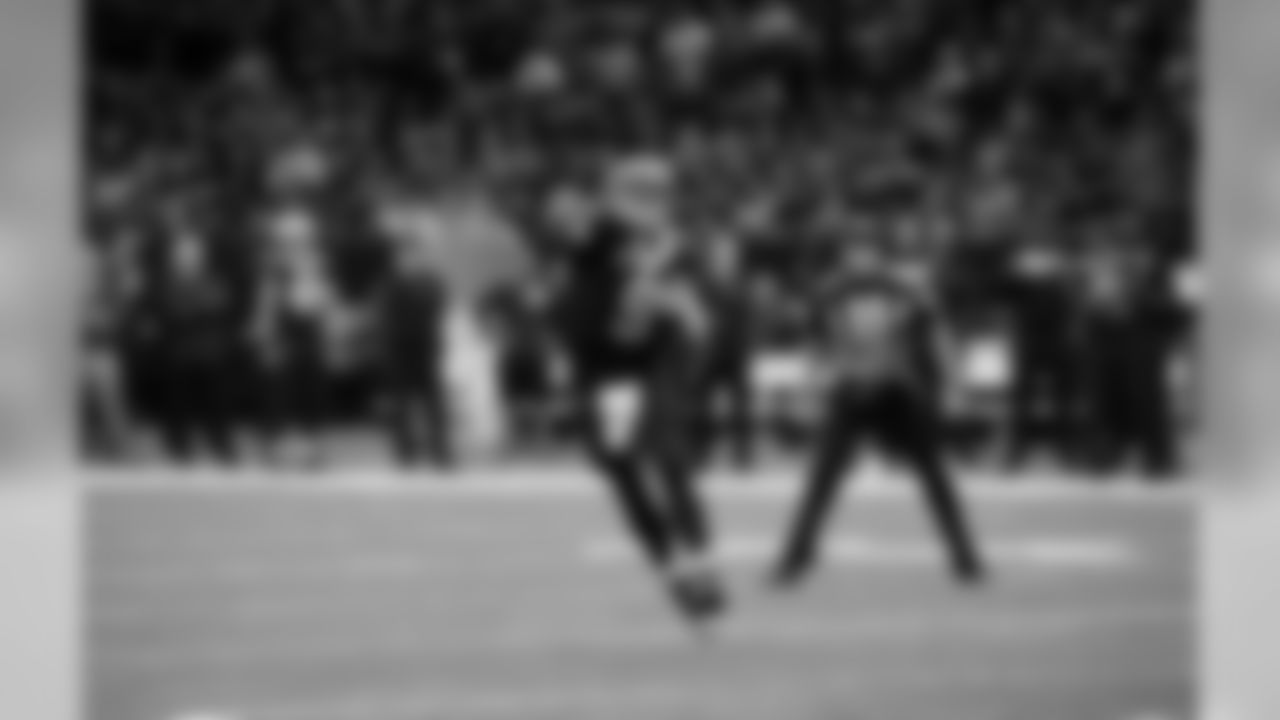
QB Drew Brees
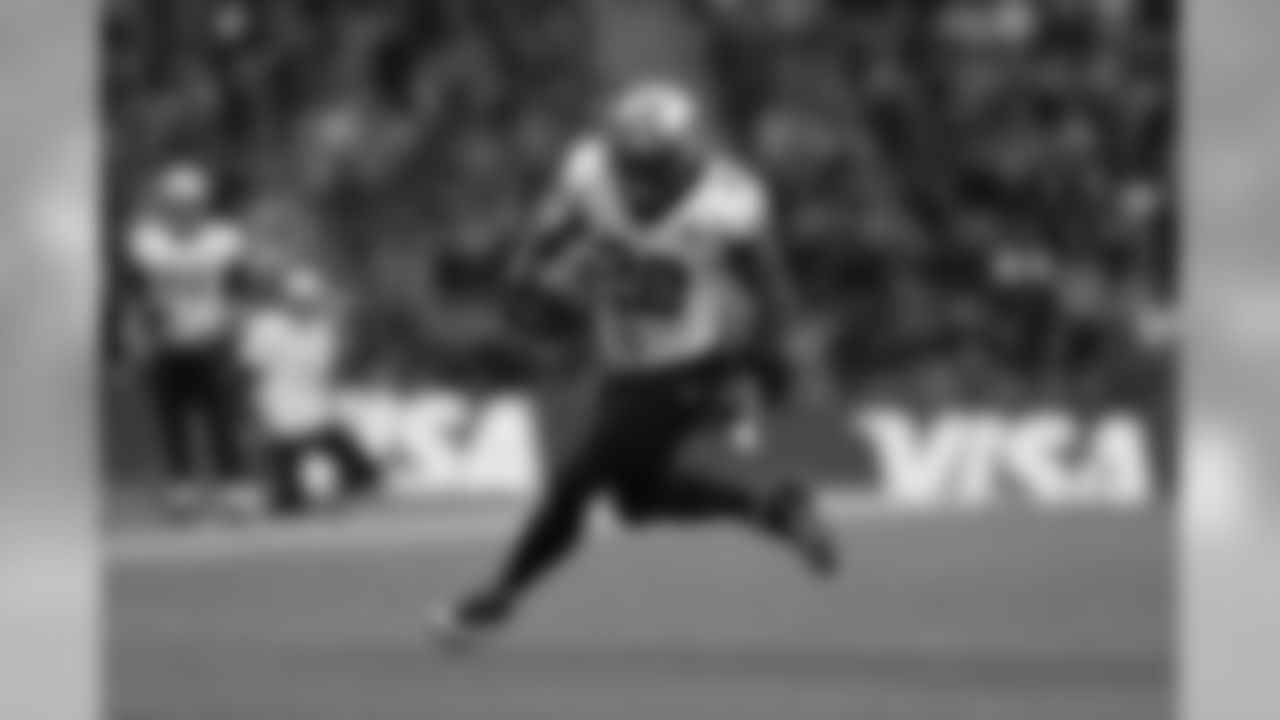
RB Mark Ingram
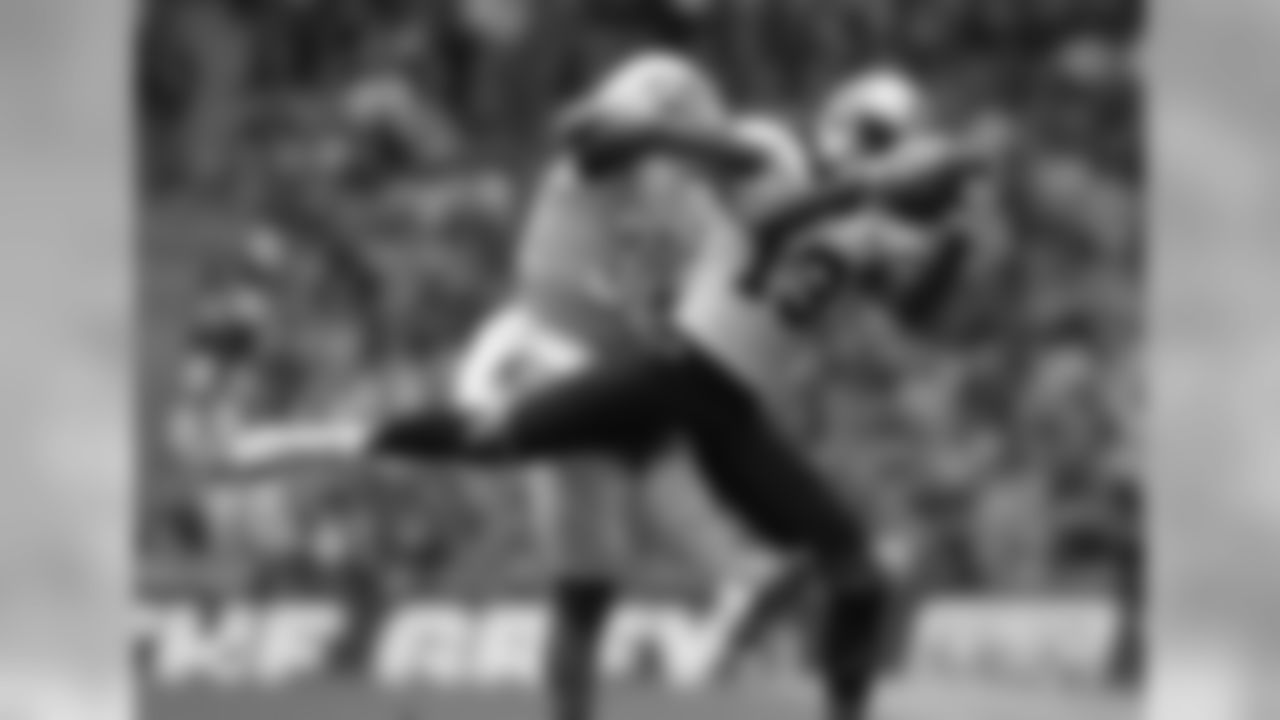
WR Michael Thomas
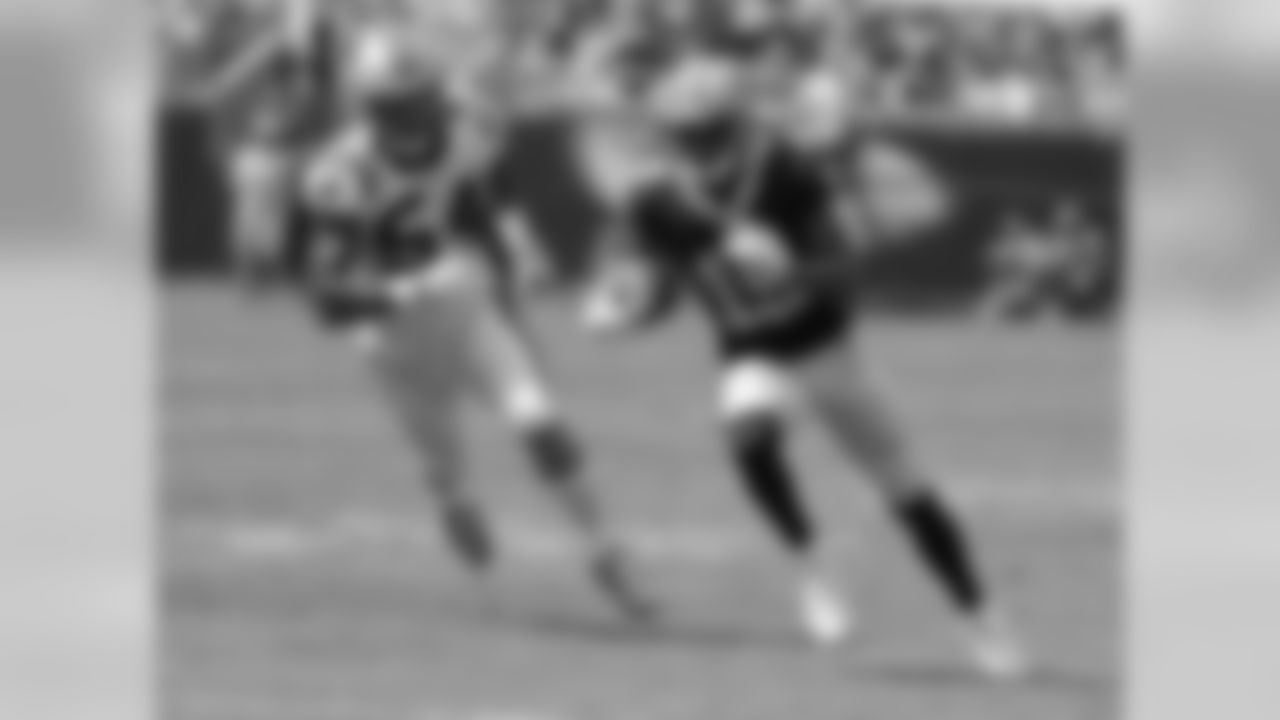
WR Ted Ginn Jr.

TE Coby Fleener

FB Zach Line
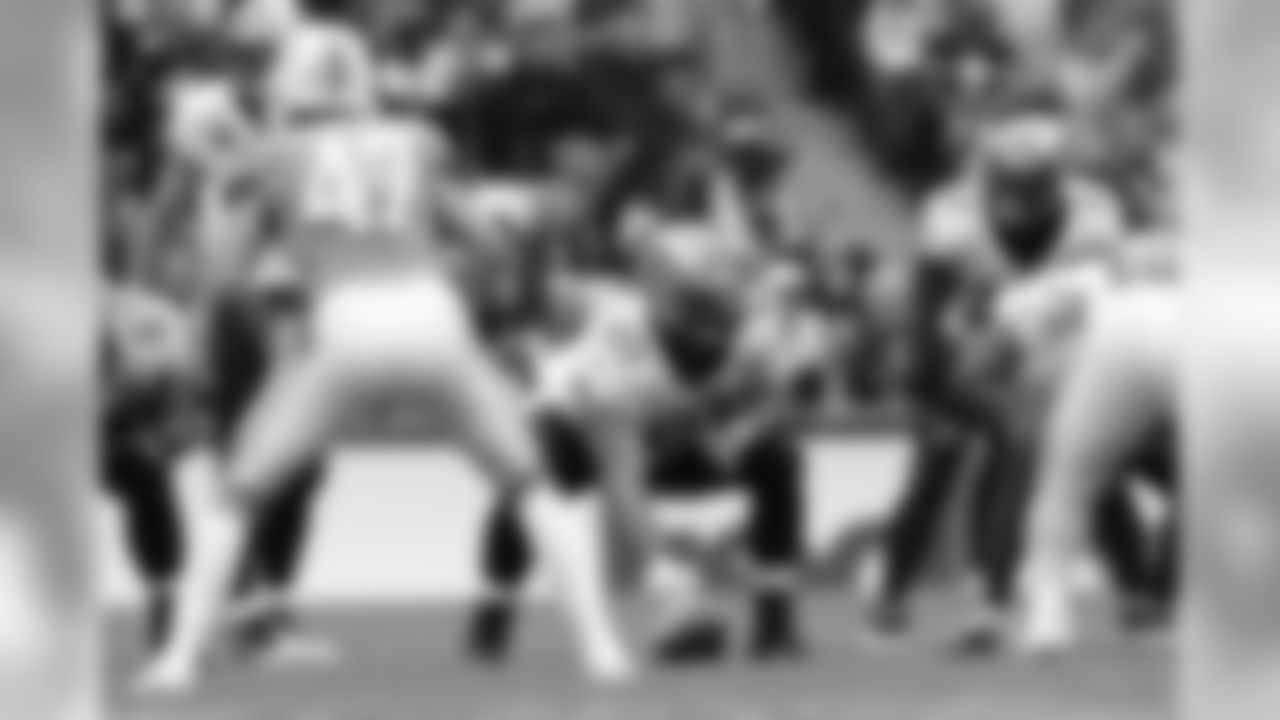
C Max Unger

G Andrus Peat
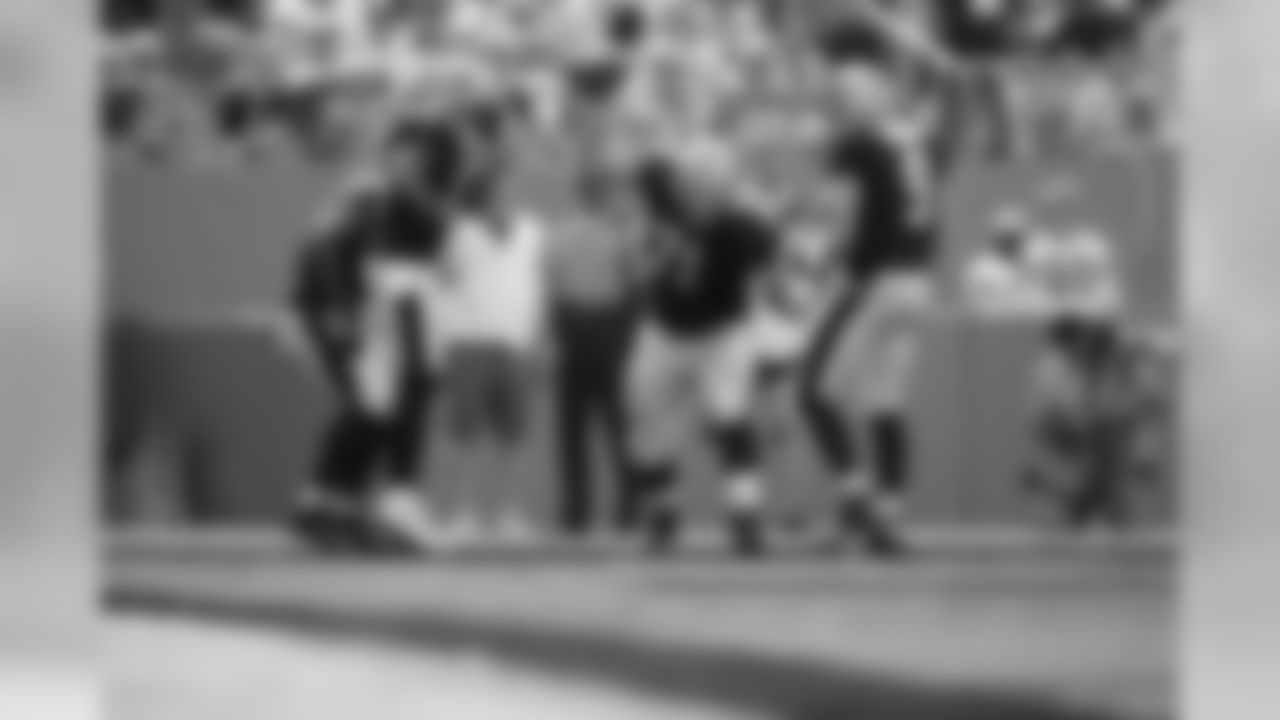
OT Ryan Ramczyk
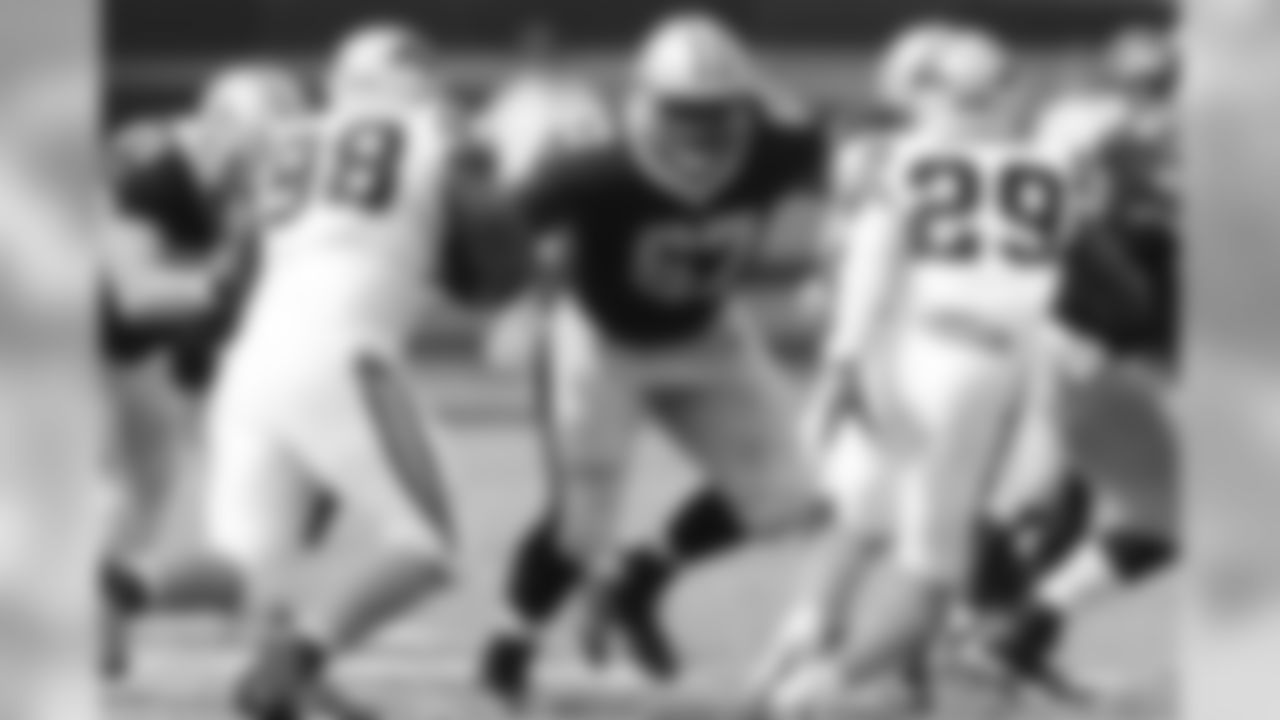
G Larry Warford

OT Terron Armstead
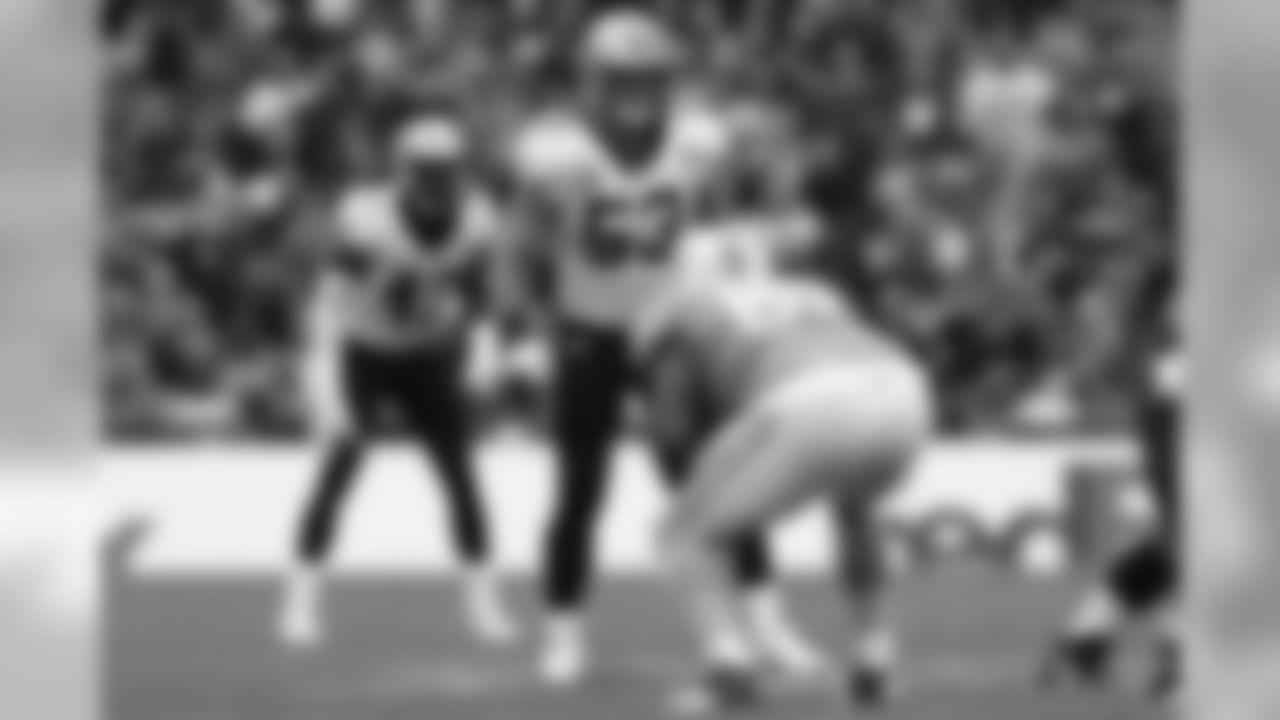
LB A.J. Klein
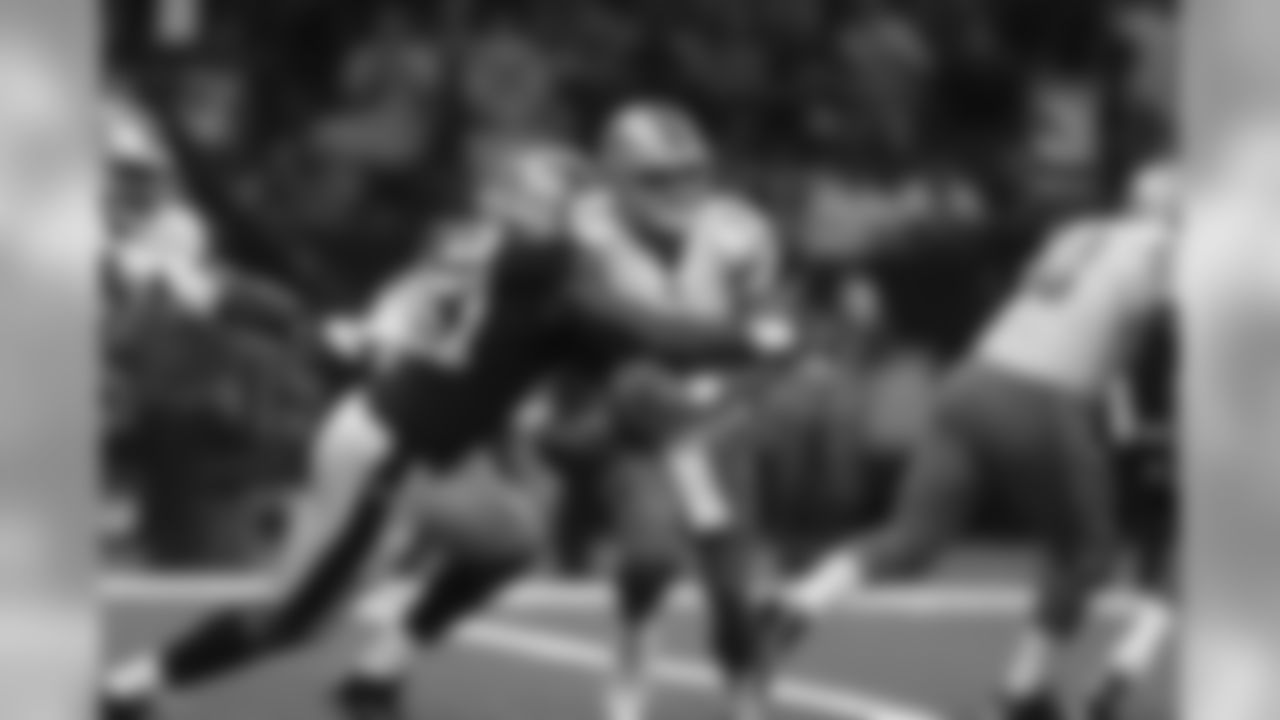
DE Alex Okafor
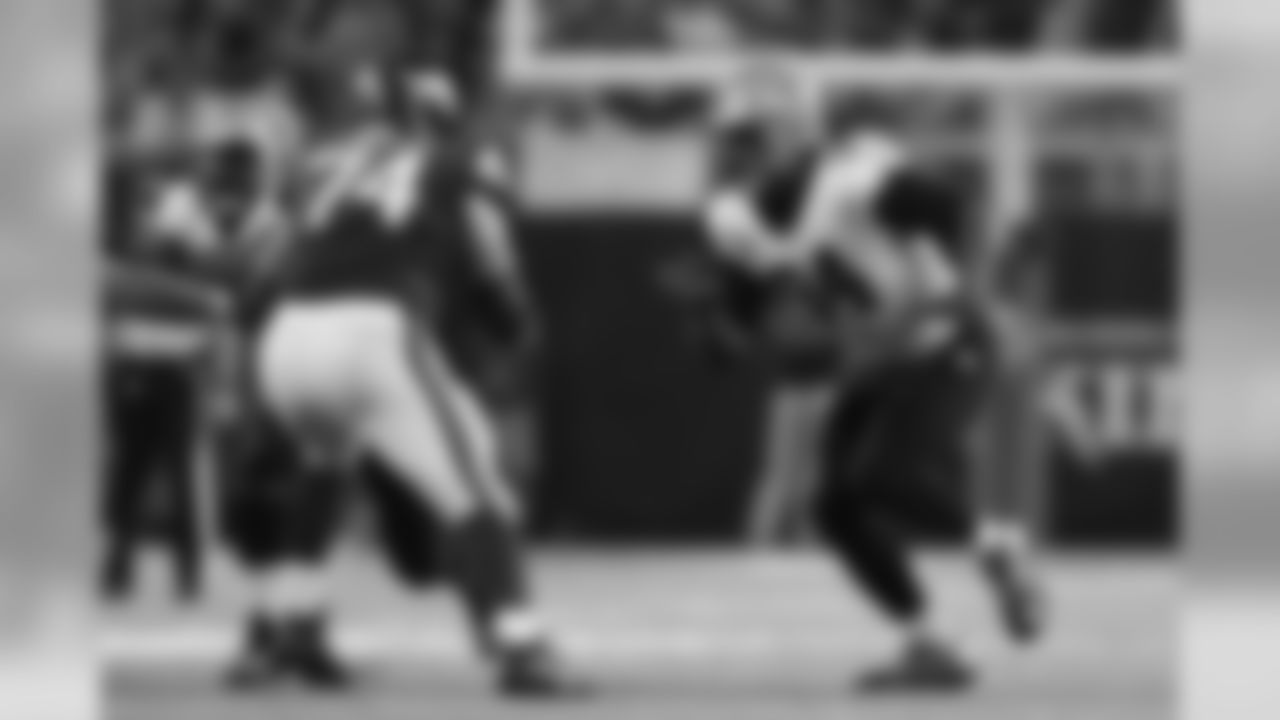
DE Cameron Jordan

DT Tyeler Davison
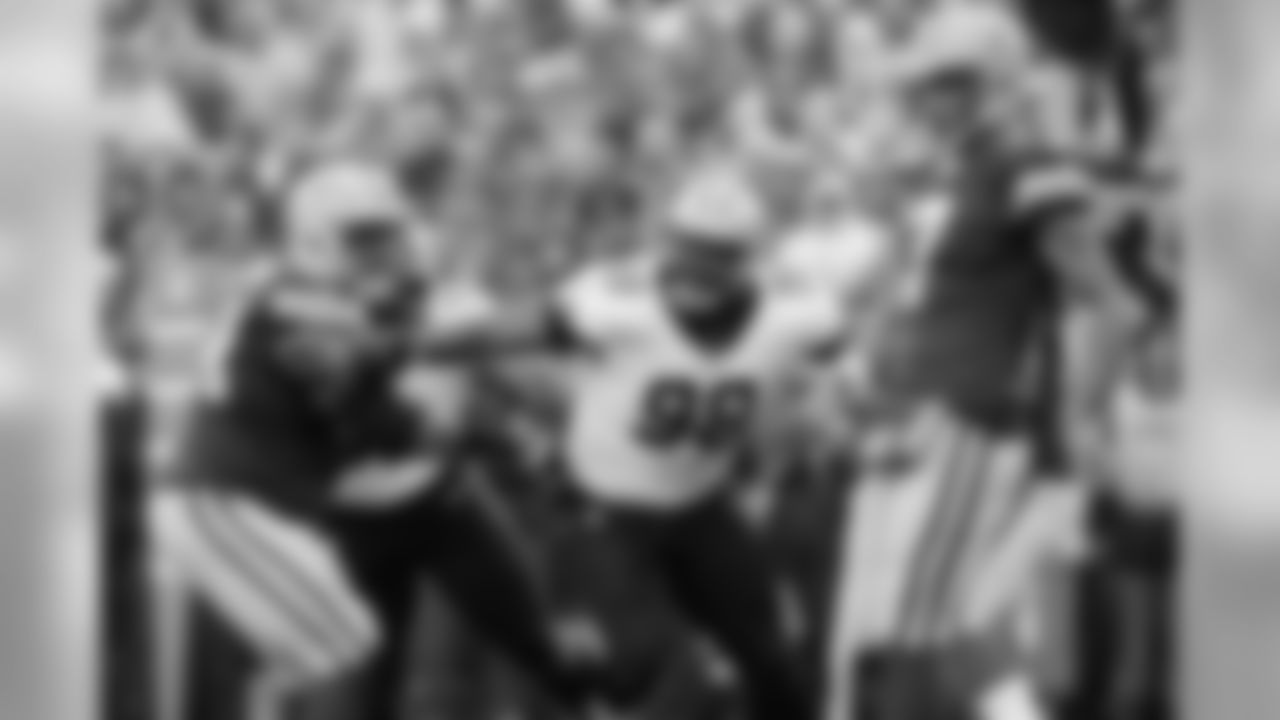
DT Sheldon Rankins

LB Craig Robertson
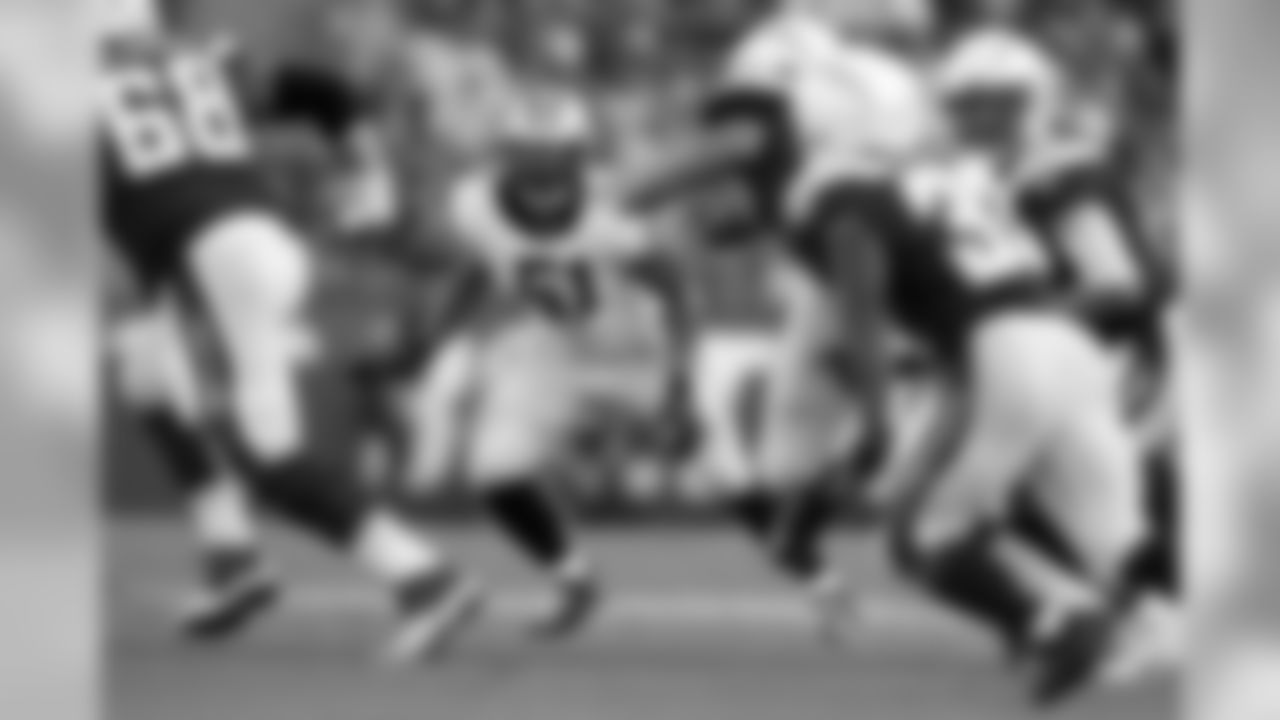
LB Manti Te'o

CB Ken Crawley
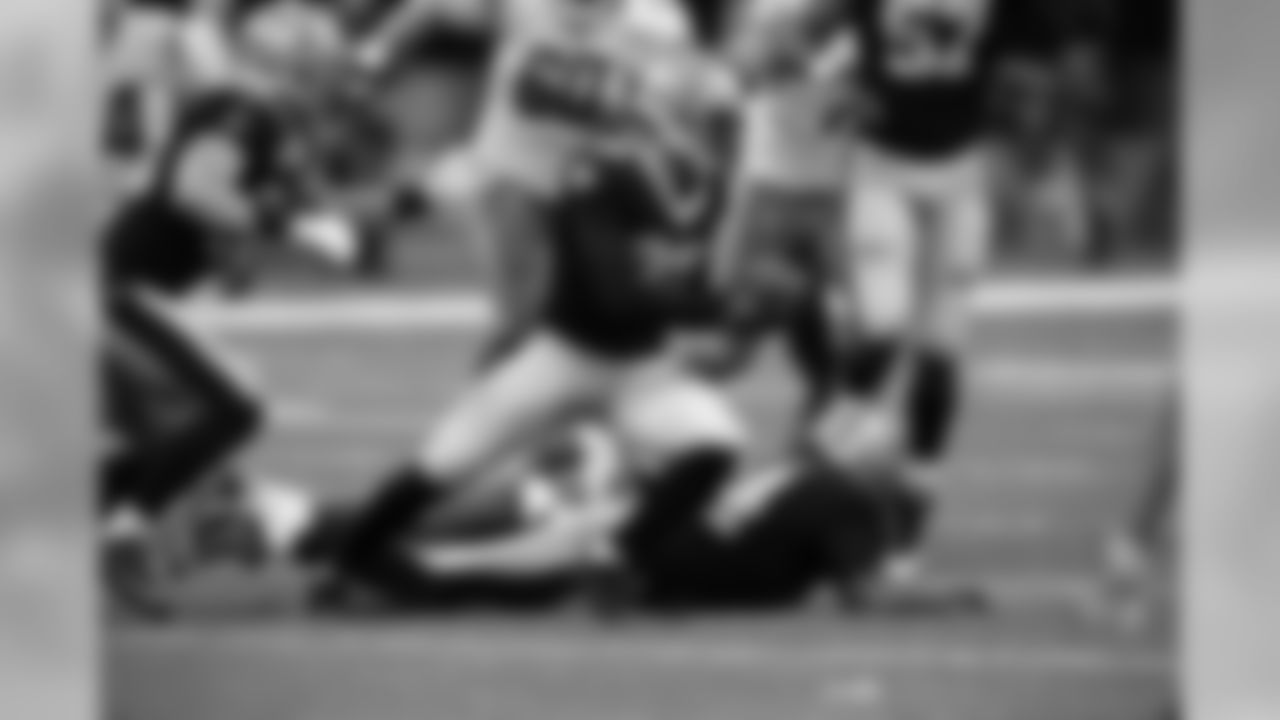
S Kenny Vaccaro

S Marcus Williams
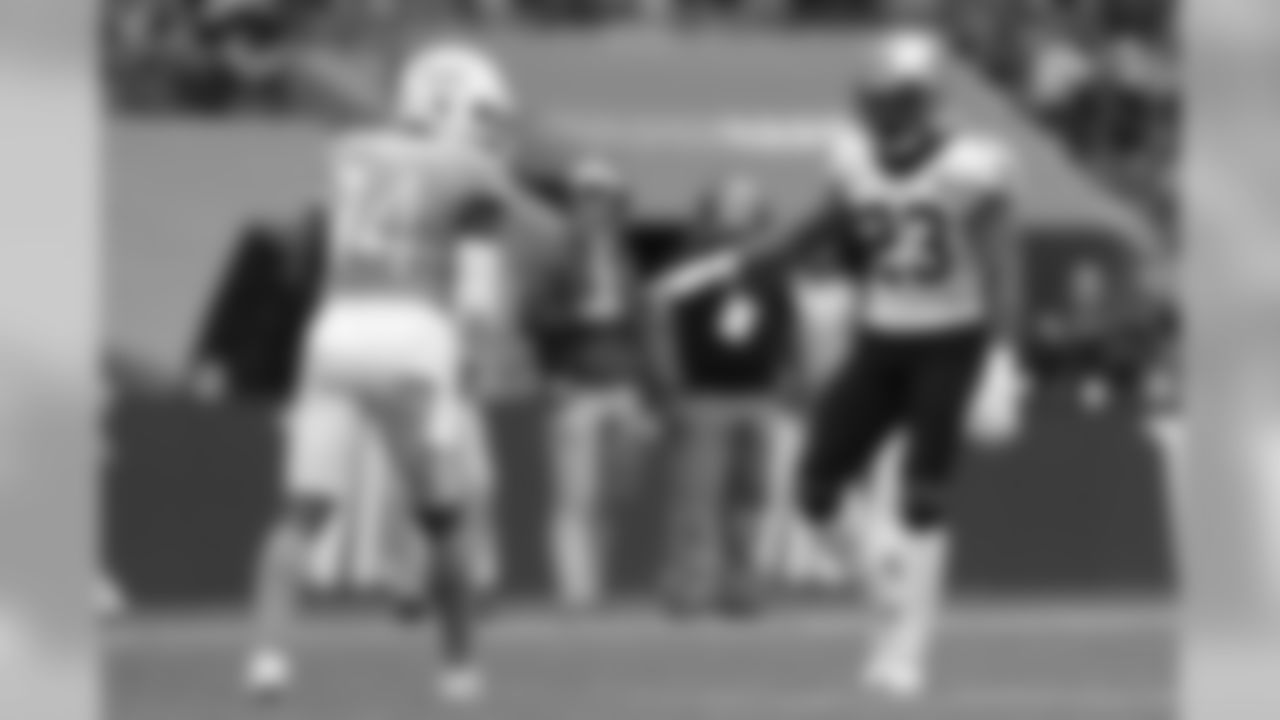
CB Marshon Lattimore
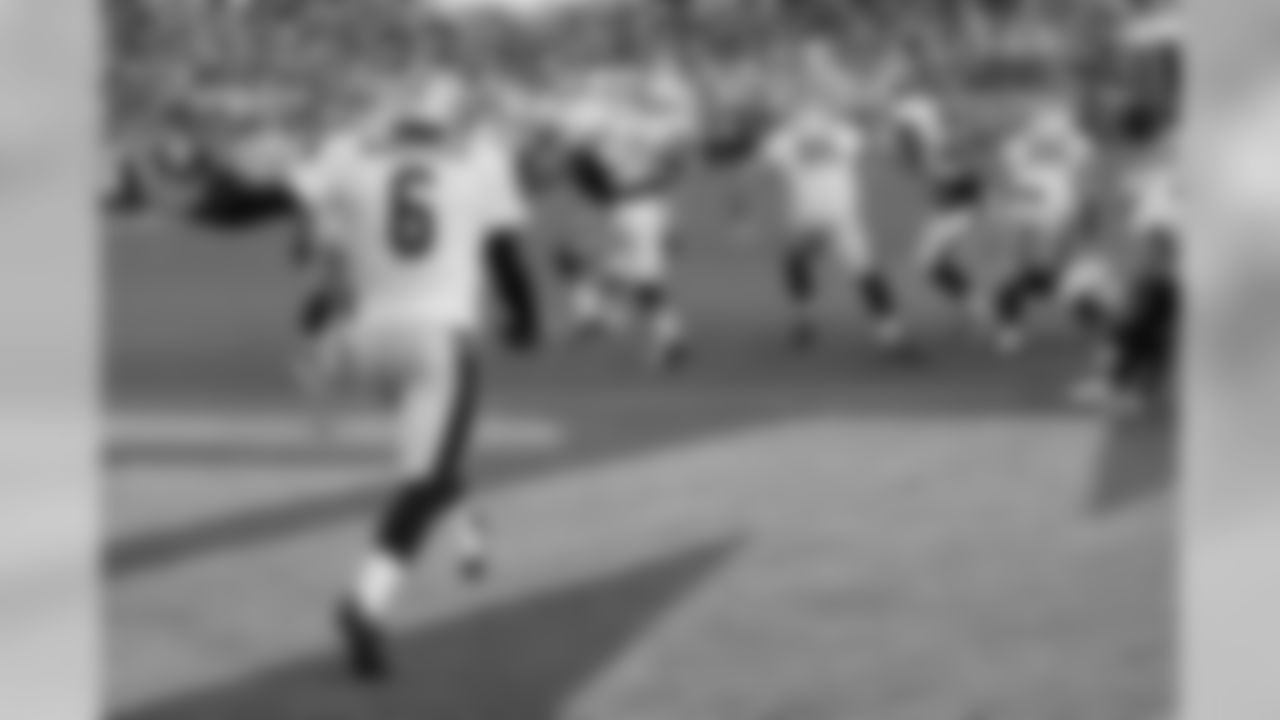
P Thomas Morstead
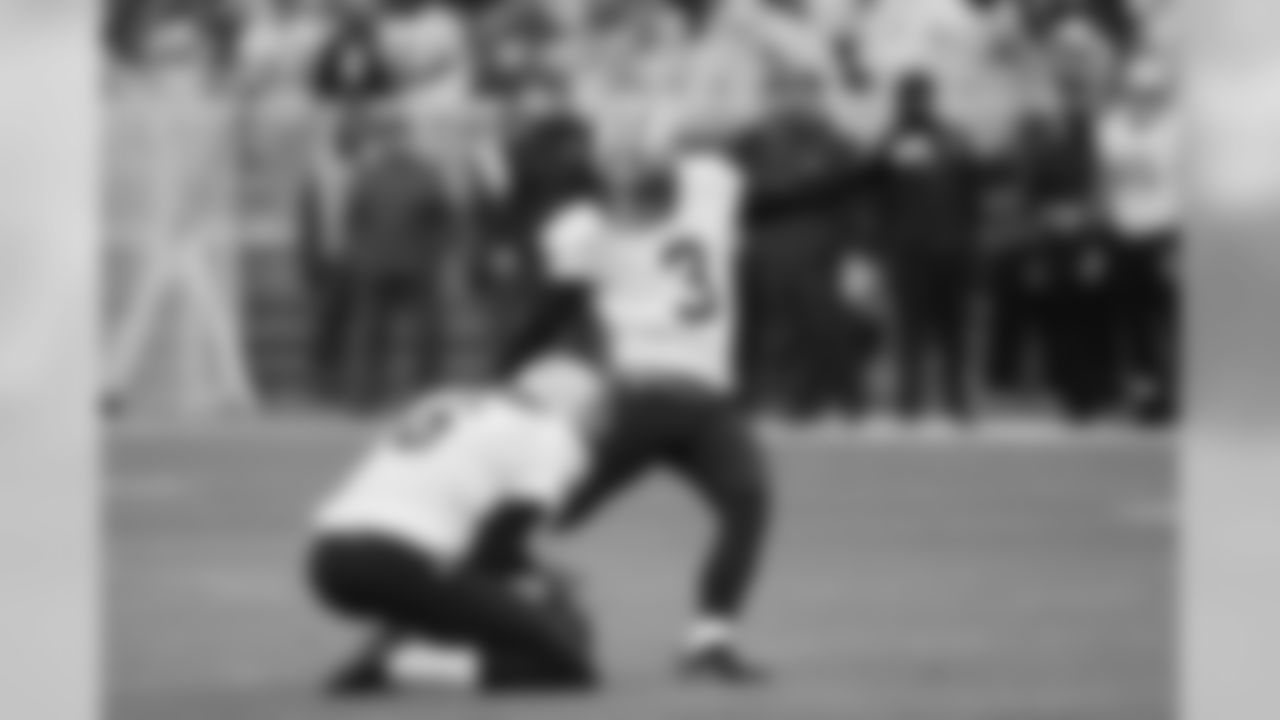
K Will Lutz

KR Alvin Kamara
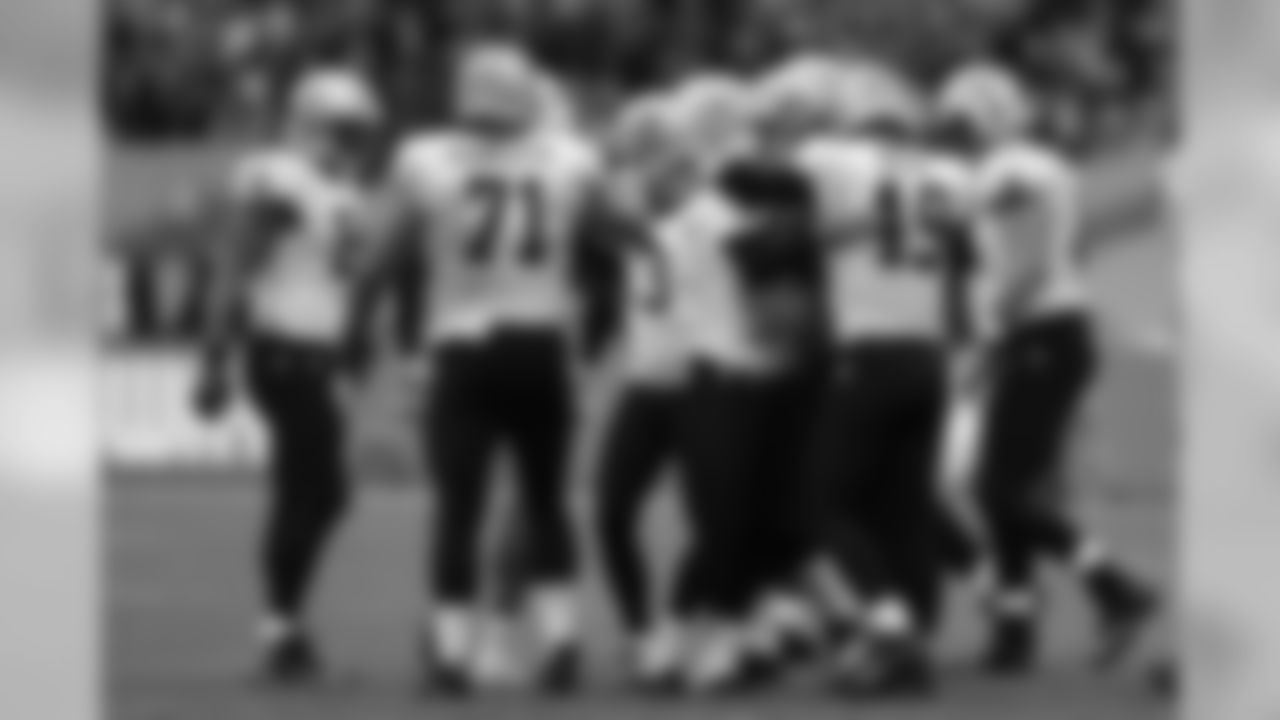
LS Zach Wood
Even with all these additions, New Orleans has been susceptible to the run, giving up 120.3 yards per game and 4.9 yards per carry. Opponents are averaging 5.23 yards per carry on first-down plays, the third-worst mark in the league, and the Saints have already given up nine runs of 20 or more yards, second-worst in the NFL. That first-down success surely plays into the Saints' third-down rate of allowing conversions 46.8% of the time, which ranks 29th.
The Saints' leading tackler resides in the secondary, though that's not surprising because safety Kenny Vaccaro plays all over the field. He is the team's starting strong safety – and their leader not only in tackles (38) but also interceptions (three) – but he also frequently covers the slot receiver when New Orleans goes into a nickel package. Like Ingram on offense, Vaccaro has had some ups and downs in his five-year career since arriving as a first-round pick, but he appears to be on his way to a career year. He has already set a personal single-season high in interceptions, tied his best mark for passes defensed (seven) and scored his first professional touchdown on a fumble return. Because Vaccaro moves up in the nickel, Vonn Bell is essentially a third starter at the safety position; in fact, he has started four games this year.
The other standout in the Saints' improved secondary is rookie cornerback Marshon Lattimore, the 11th-overall pick in this year's draft. Lattimore was the first cornerback off the board and he has been everything the Saints hoped for, with 27 tackles, two interceptions and seven passes defensed. While he mans the right cornerback spot primarily, the Saints have chosen on a couple occasions this year to let him shadow the opponent's top receiver. The other cornerback is former undrafted free agent Ken Crawley, who has one interception in 20 games and 10 starts over his two years in New Orleans. The Saints could get injured cornerback Delvin Breaux back this week, however. After taking Lattimore in the first round (and Ramcyzk later in that same round) the Saints used a second-round pick to further bolster their secondary with safety Marcus Williams, who is already a starter.
Take away a pair of defensive touchdowns, and the Saints have given up just 131 points in seven games, the seventh-lowest mark in the NFL. Still, the numbers indicate that opponents can move the ball fairly well against them, as they are allowing almost exactly six yards per play to rank 26th in the NFL. Only one team has given up more plays of 20-plus yards. However, in addition to the takeaways and sacks, the Saints have done well in the red zone, tying for 10th in the NFL by allowing a touchdown on 27.6% of such drives.
SPECIAL TEAMS

The Saints have had nearly a decade of stability at the punter position thanks to Thomas Morstead, who is sixth in the NFL this year with a gross average of 48.4 yards per kick. However, the Saints' cover team has allowed an average of 11.4 yards per punt return, which is a factor in Morstead only ranking 17th with a net average of 41.3.
Actually, the kickoff coverage crew has struggled, too, allowing 27.1 yards per return, with 91.7% of opposing returns gaining at least 20 yards, the second-worst mark in the NFL.
In contrast to Morstead's stability, the Saints' placekicker position has seen a lot of upheaval this decade, but Will Lutz seems to have settled that down for the last year and a half. He made 28 of his 34 field goal tries as a rookie last year, with four of those six misses coming from 50 yards and beyond. This season, Lutz is 15 for 18 on field goals and 20 of 21 on extra point attempts. He handles the kickoffs and produces touchbacks on two-thirds of his boots.
Ginn has handled all of the Saints' punt returns so far this year, averaging 7.4 yards per runback with none longer than 17. New Orleans has tried four different guys deep on kickoffs without huge success (team average of 20.3 yards per return) though Kamara has a decent 24.0-yard average on a team-high five tries.























